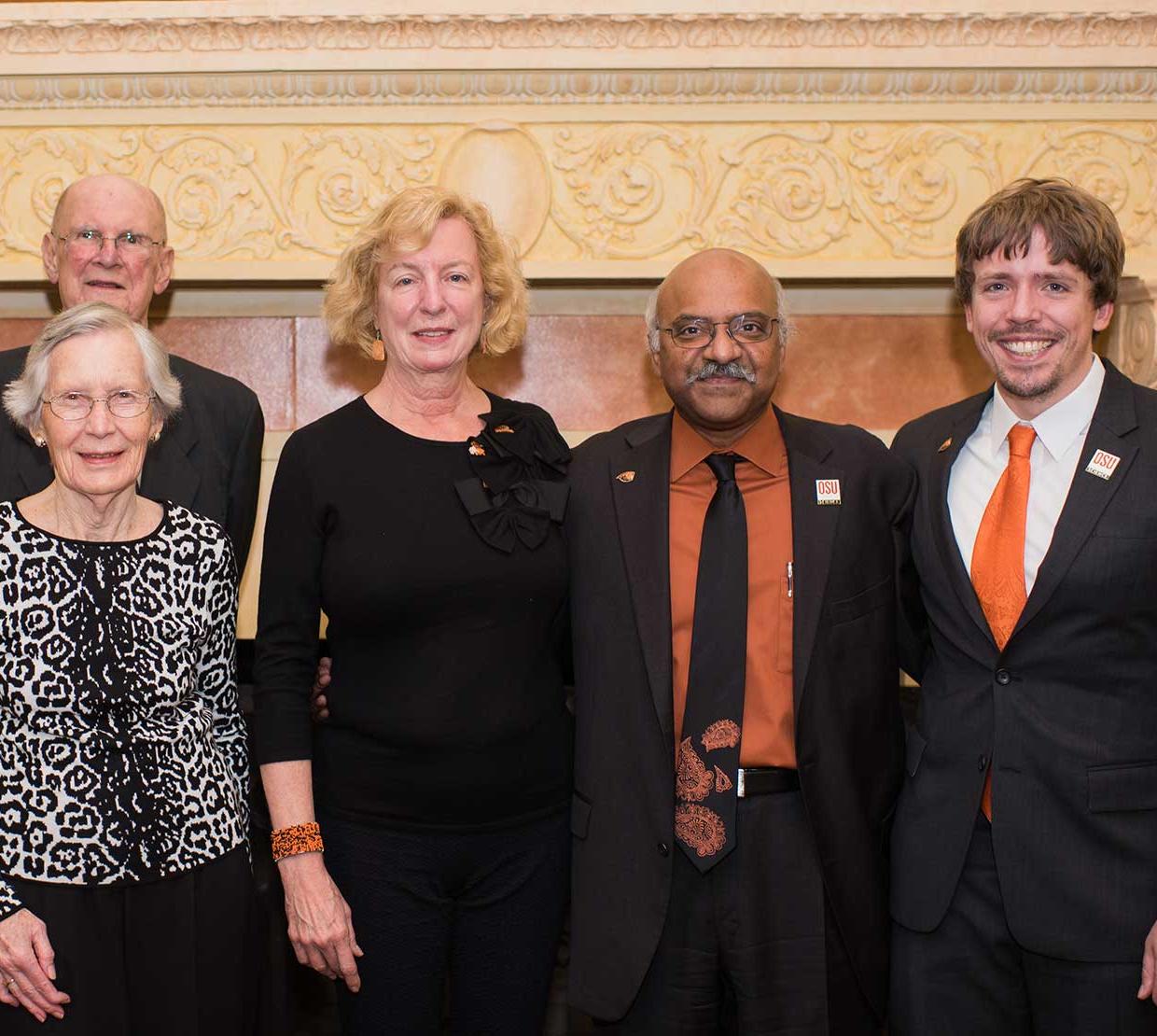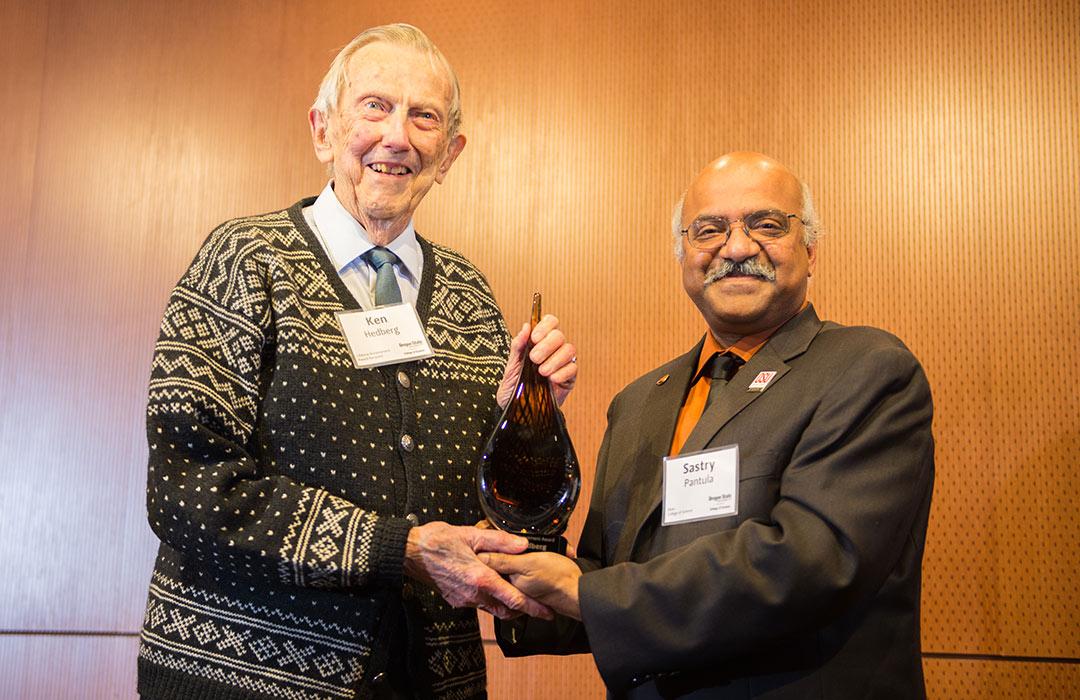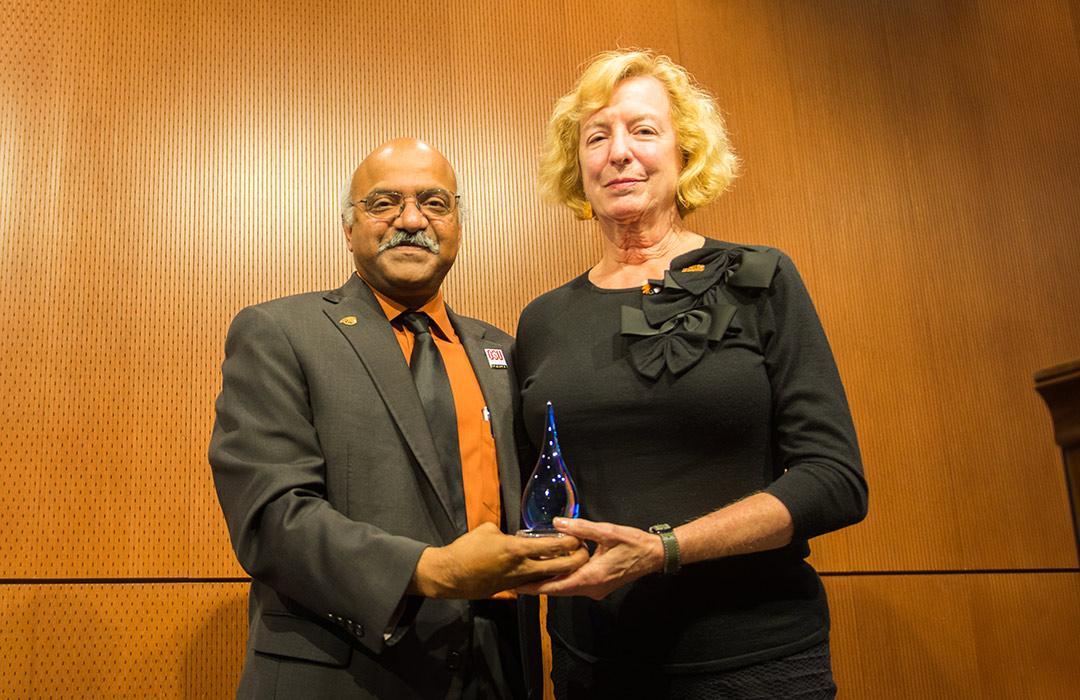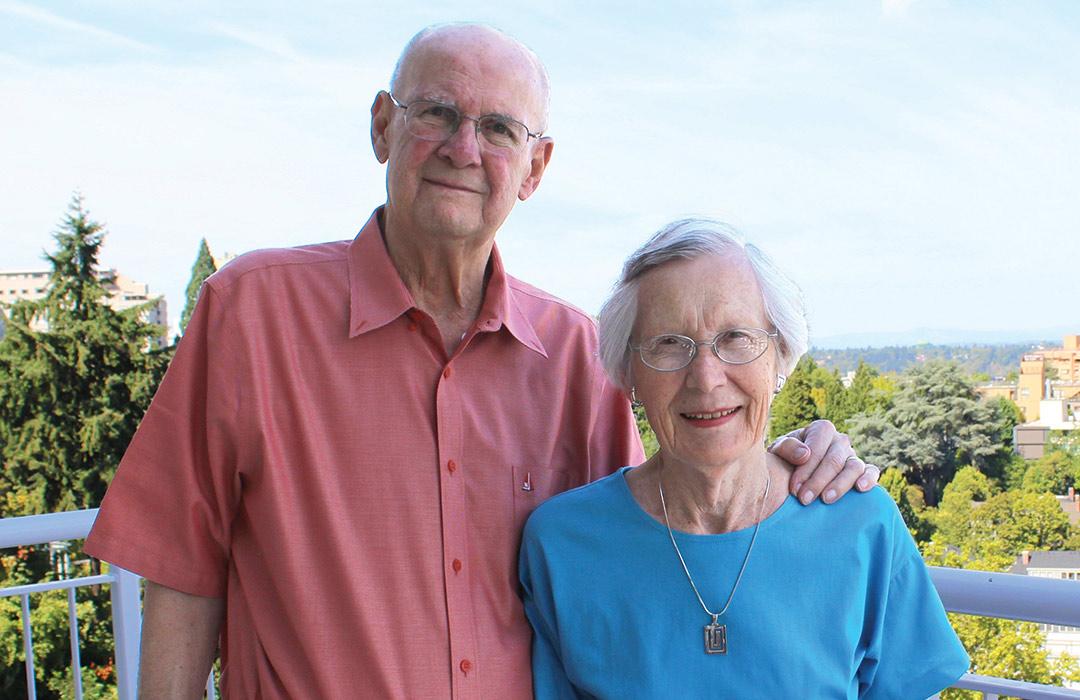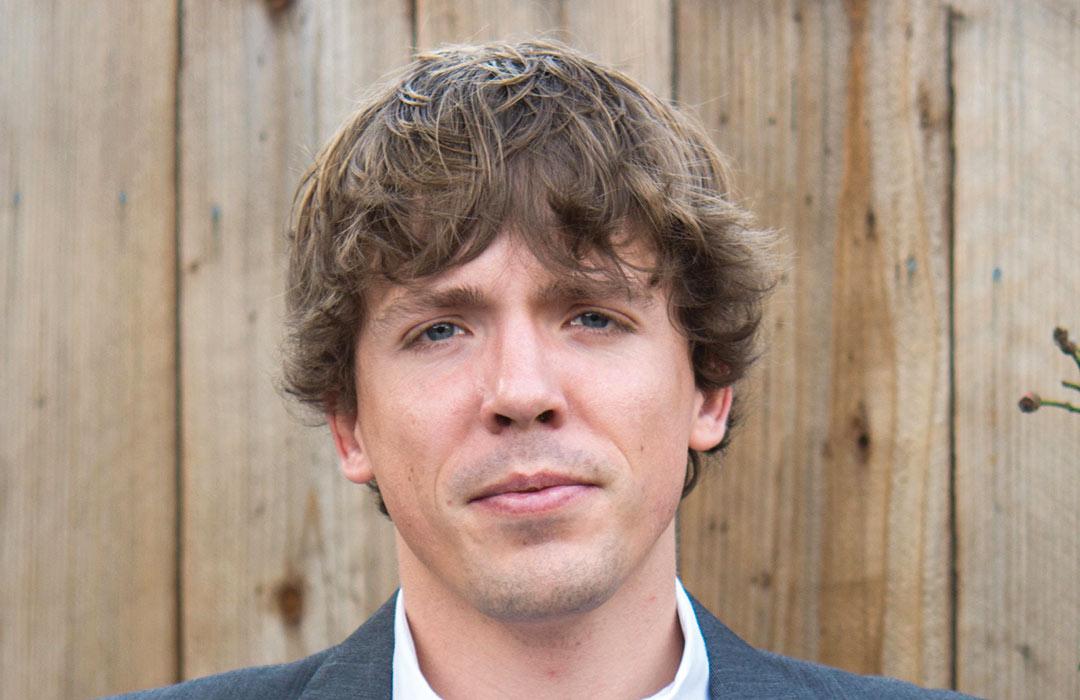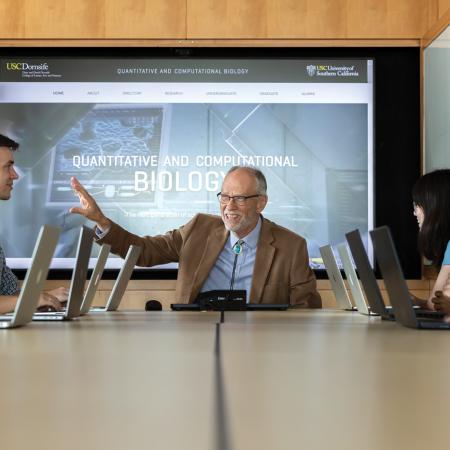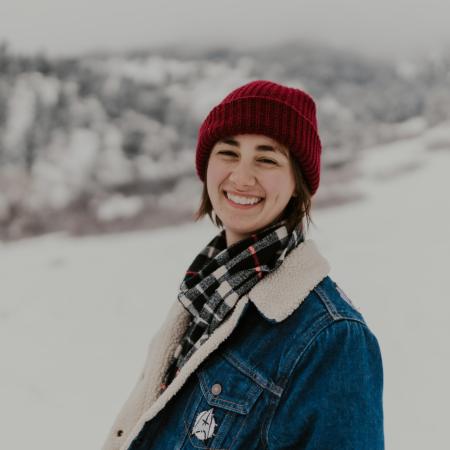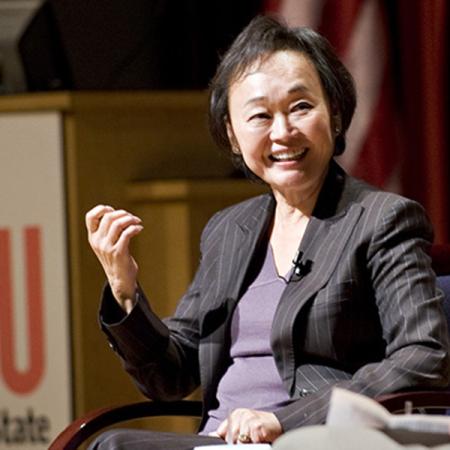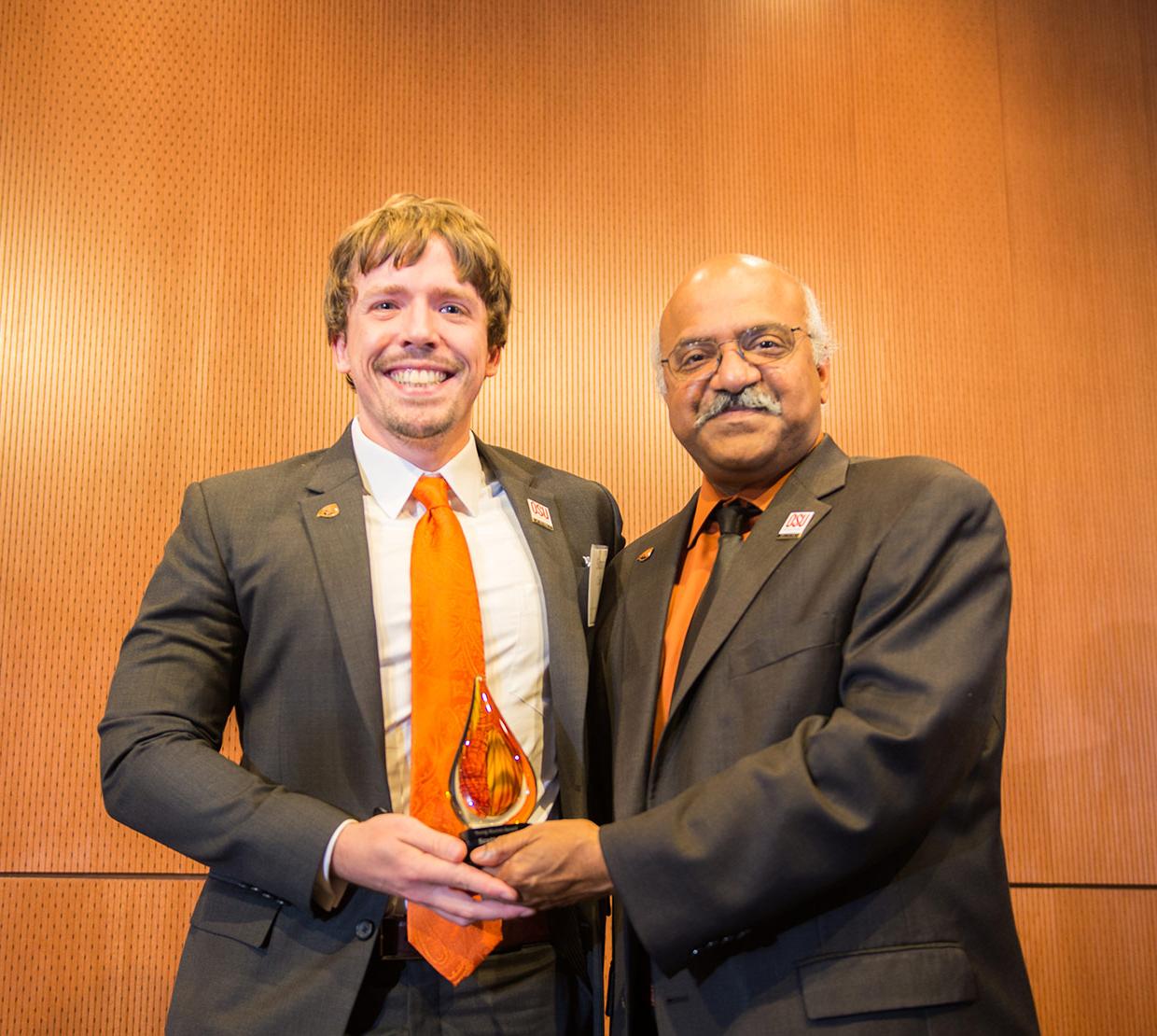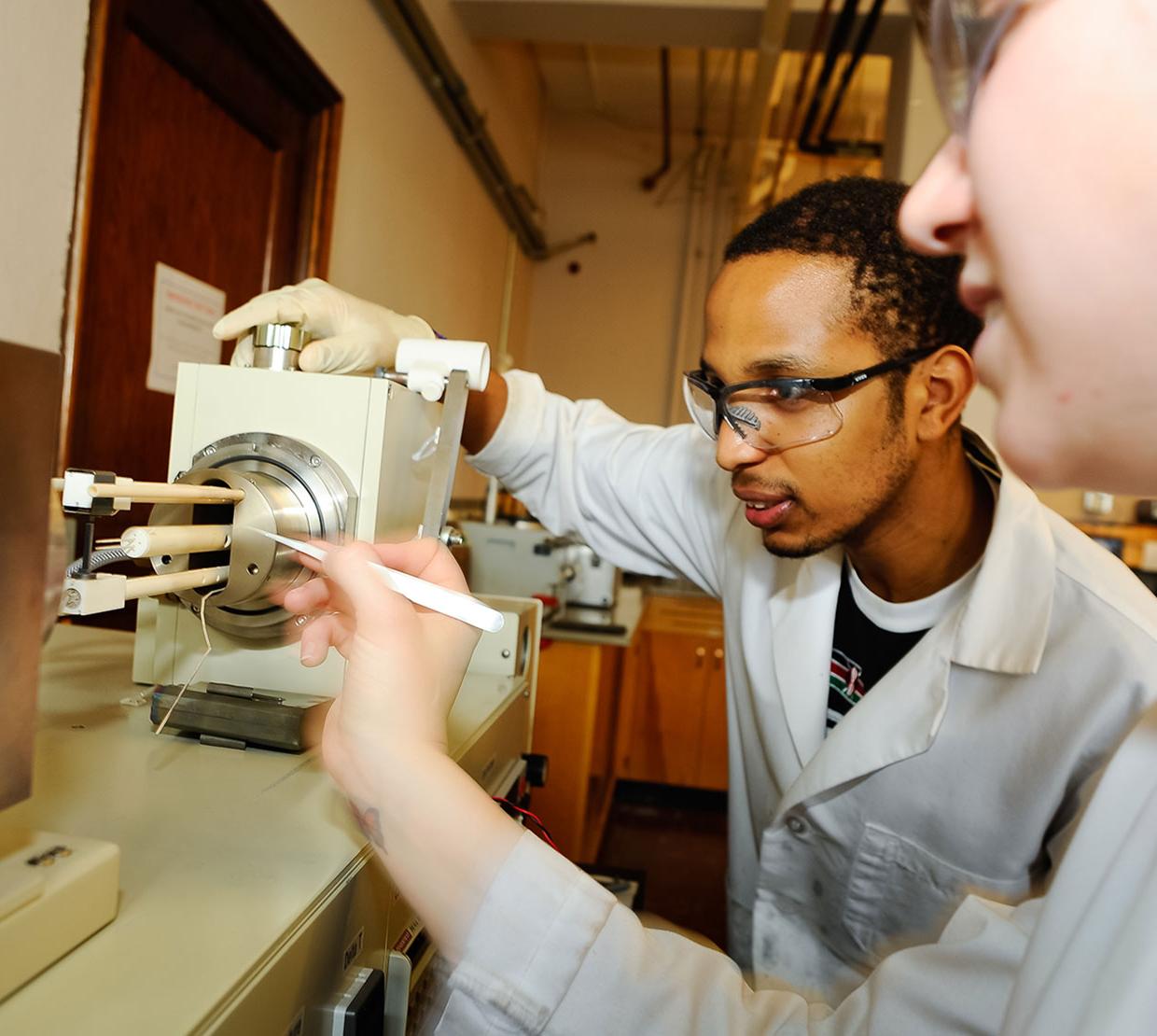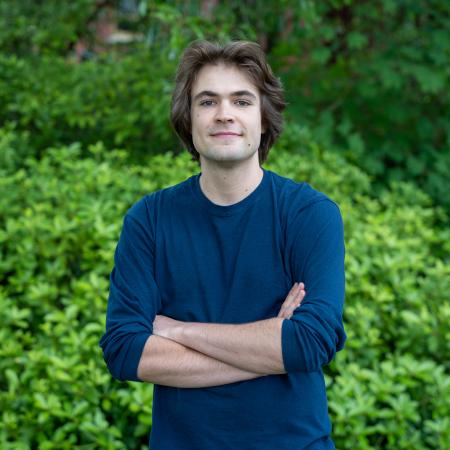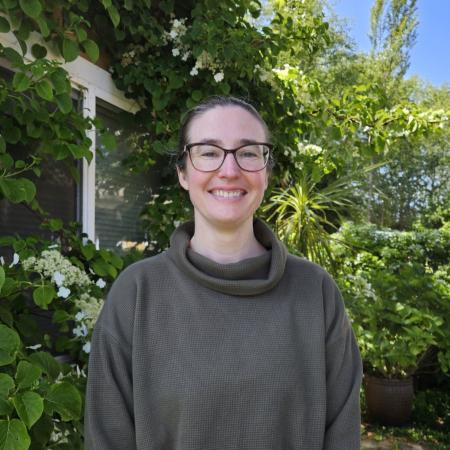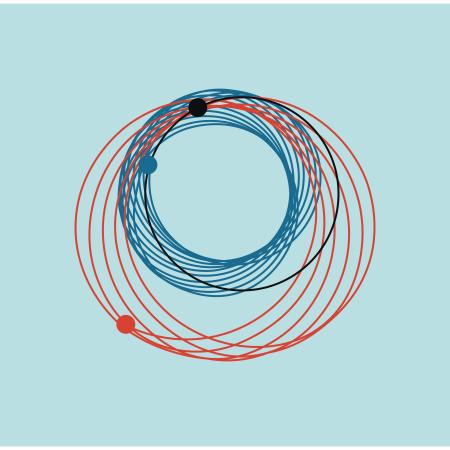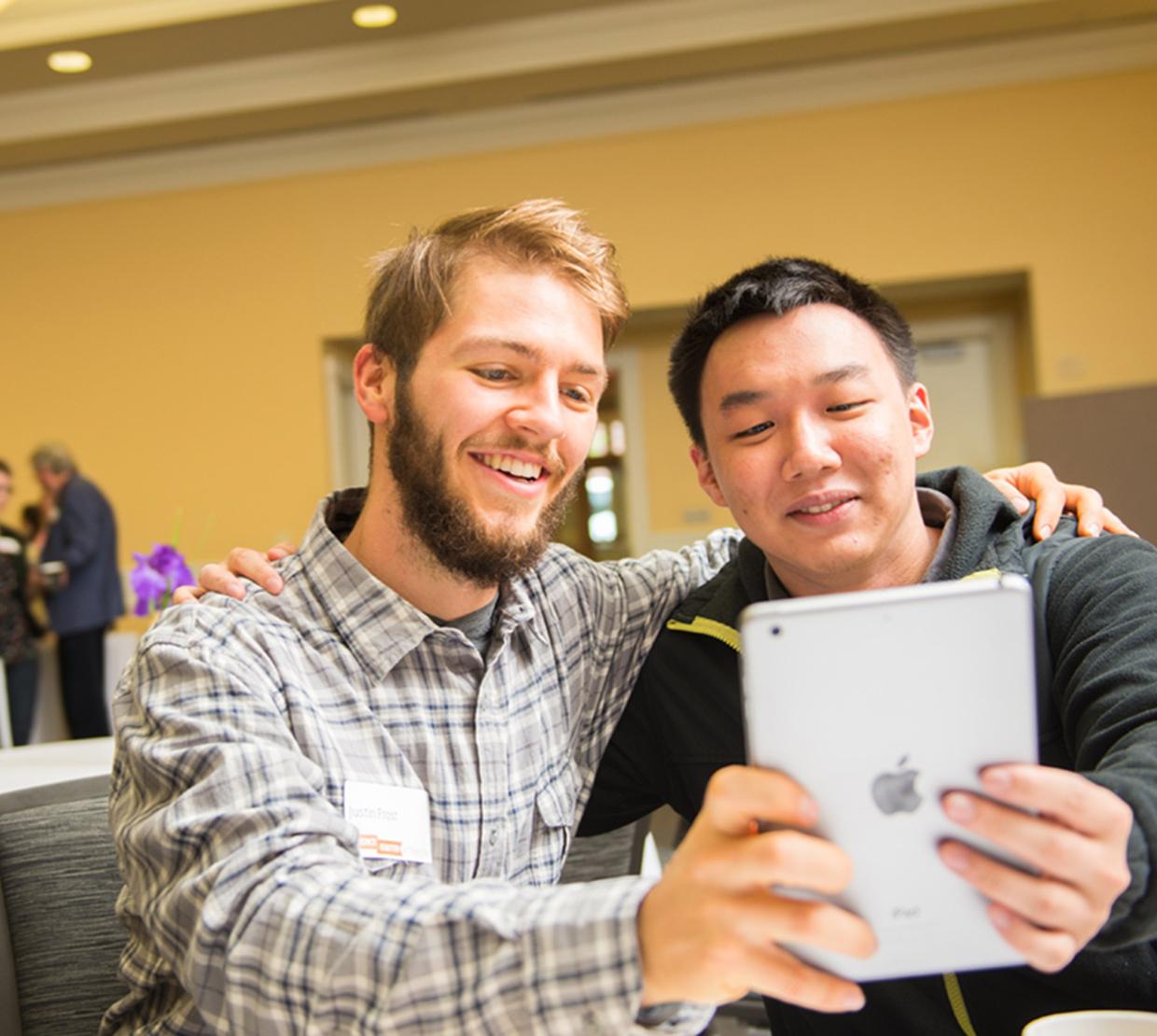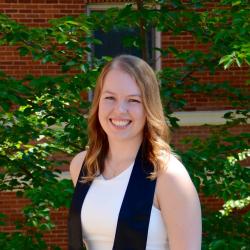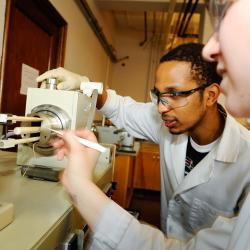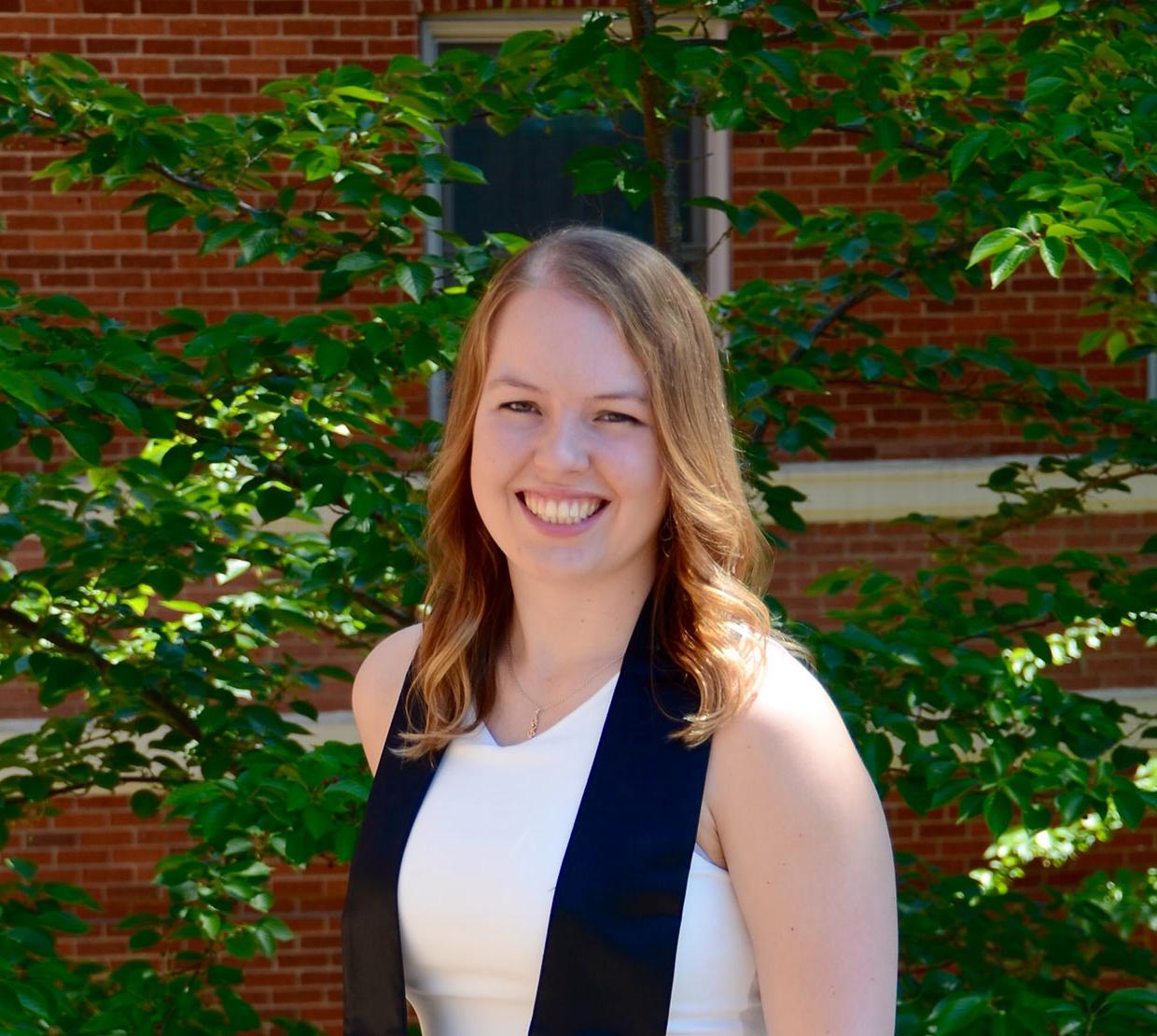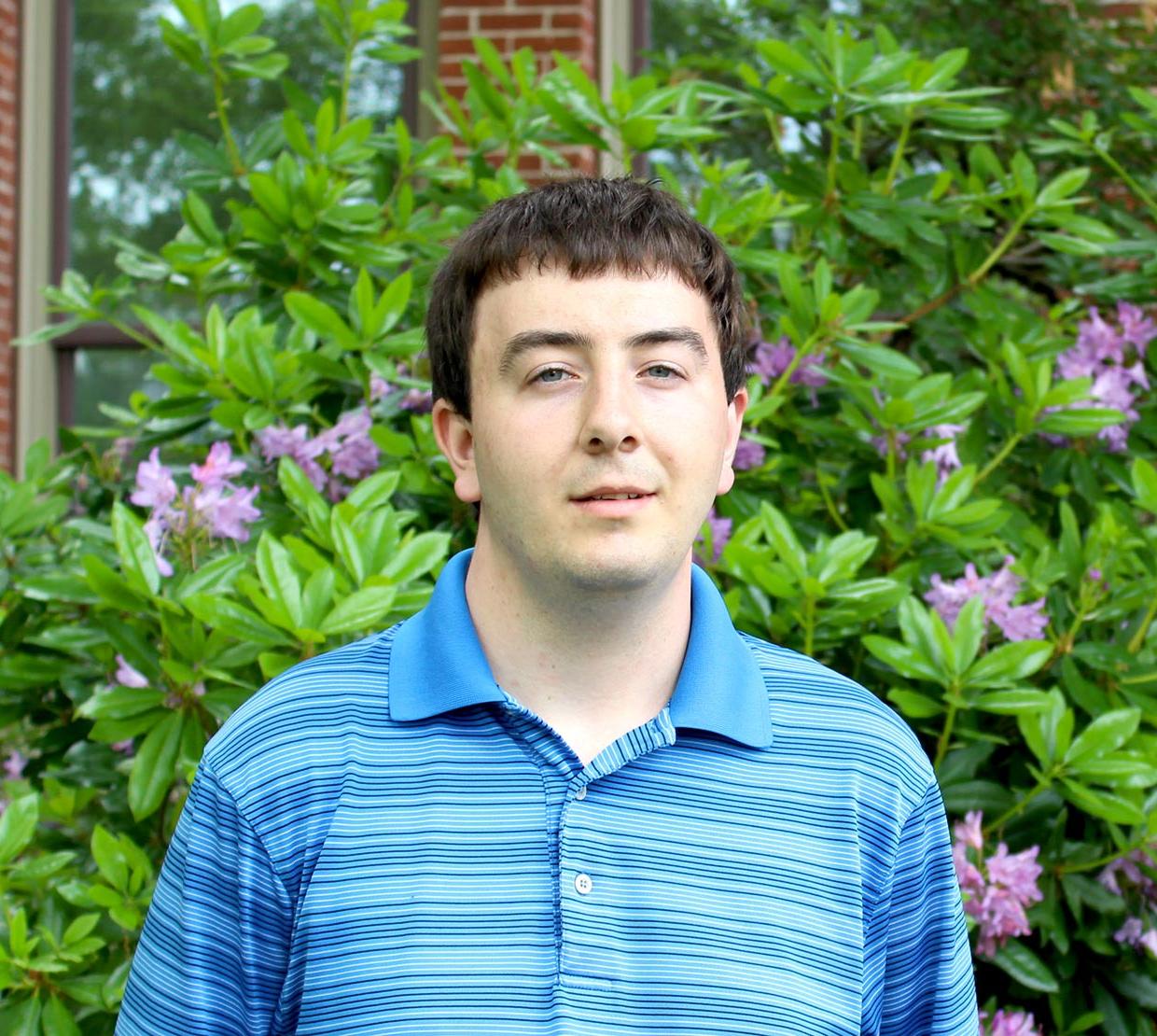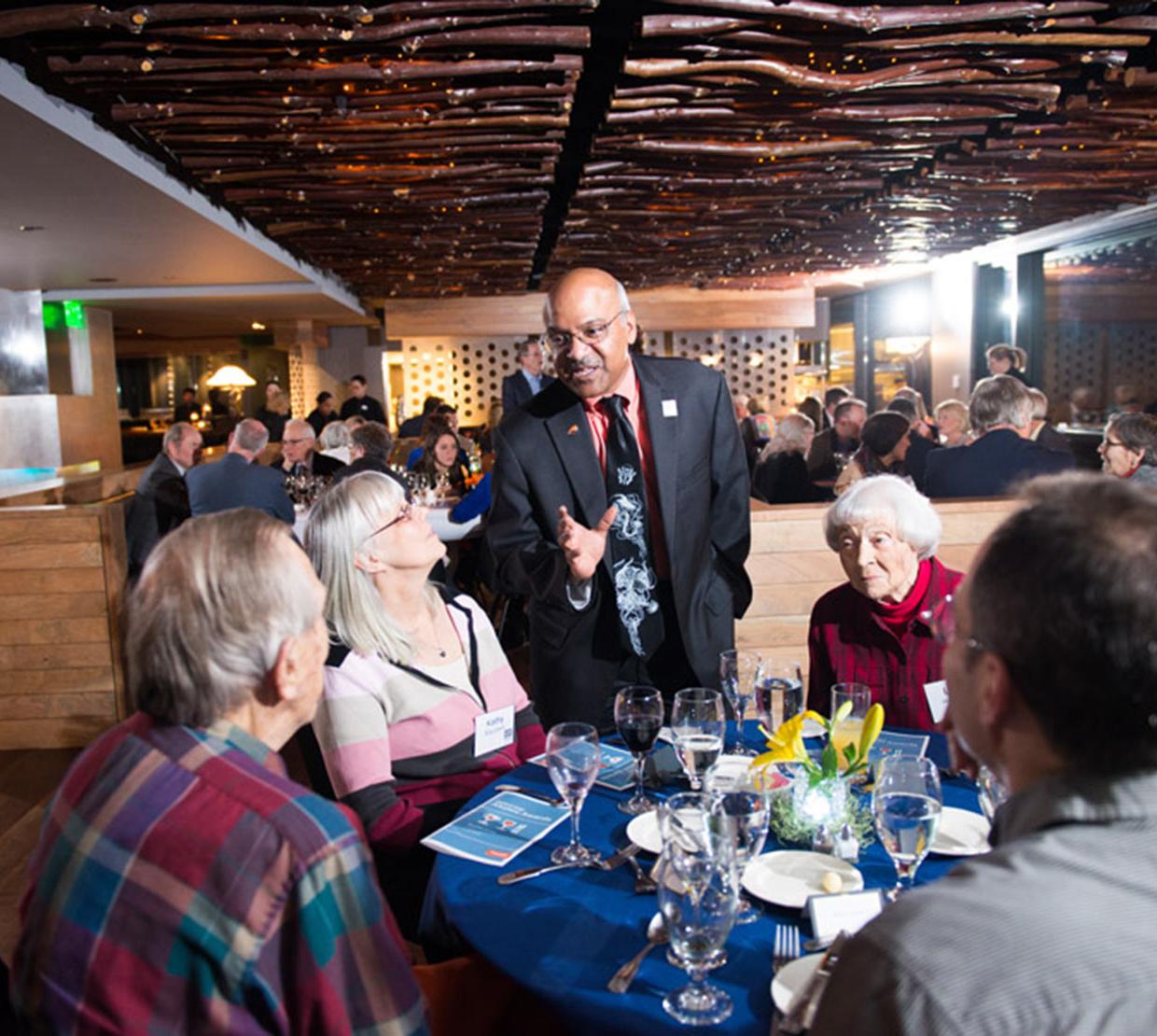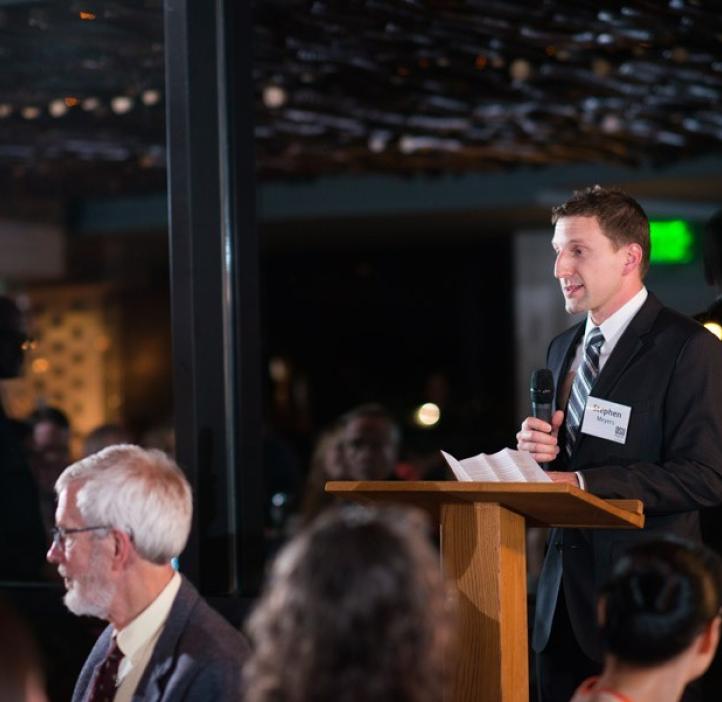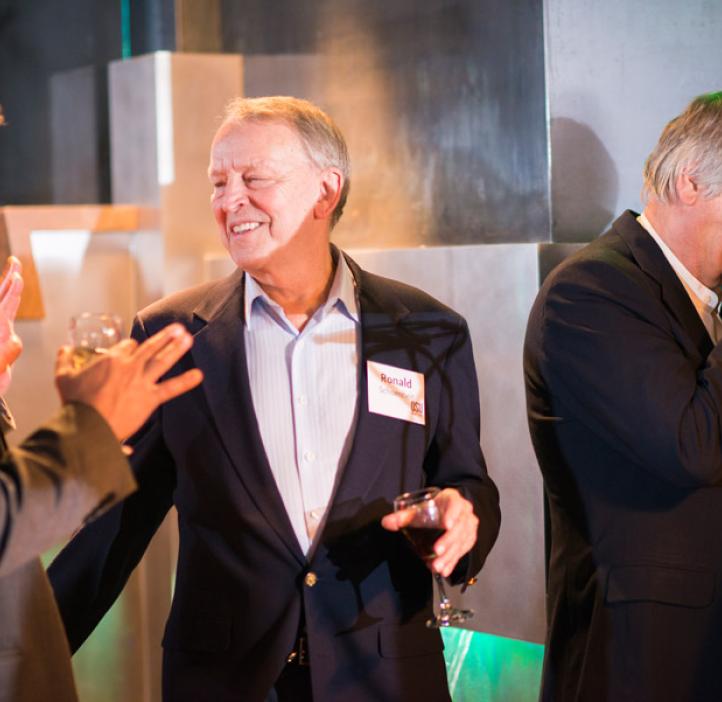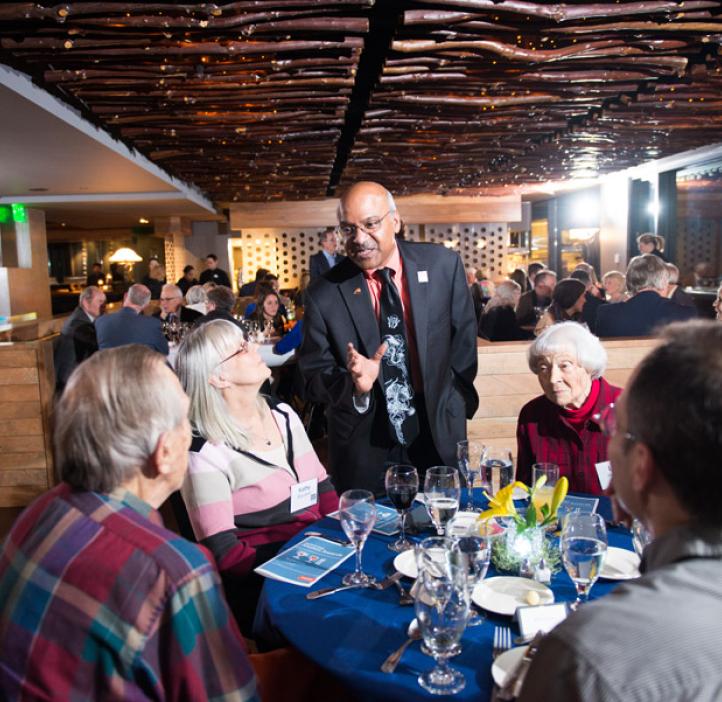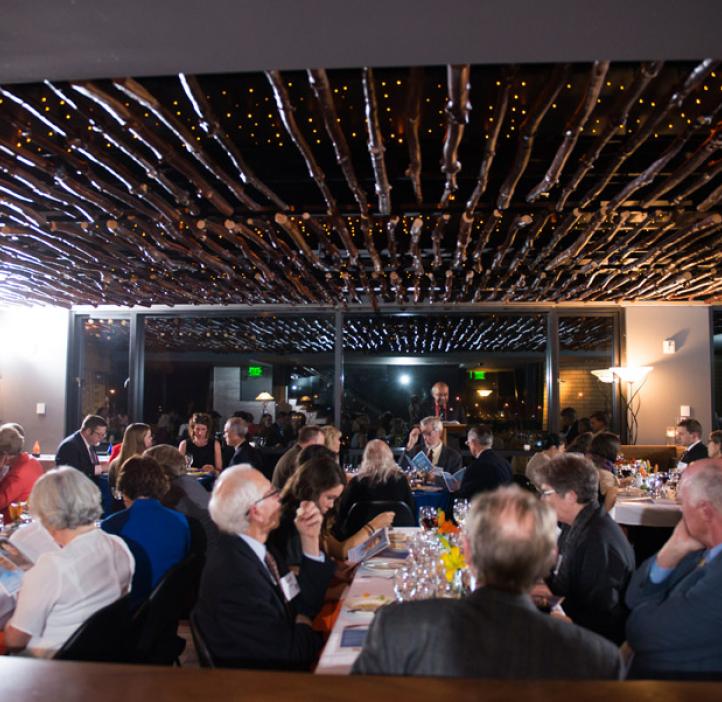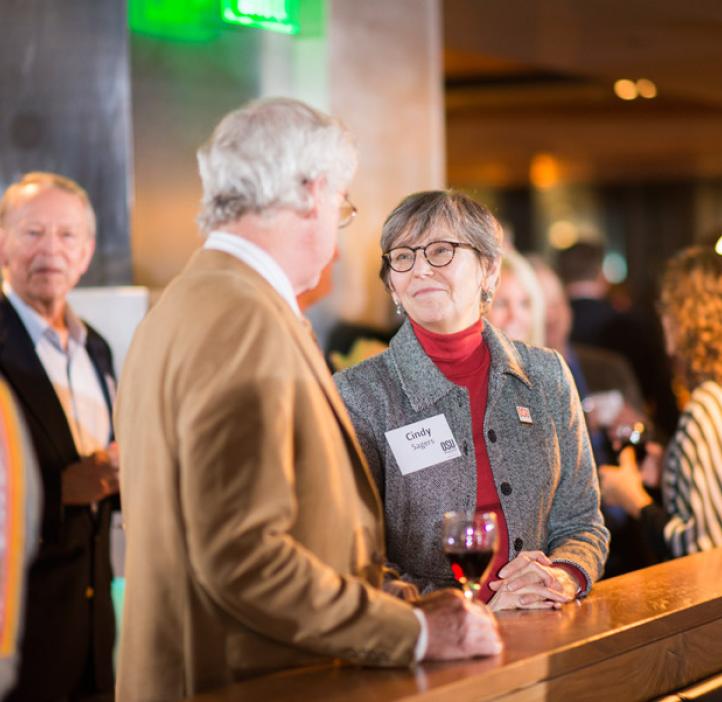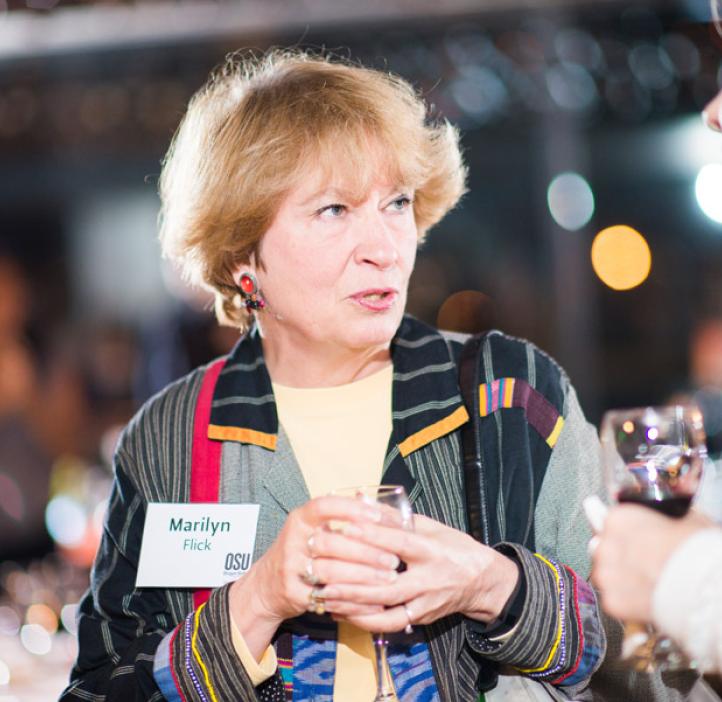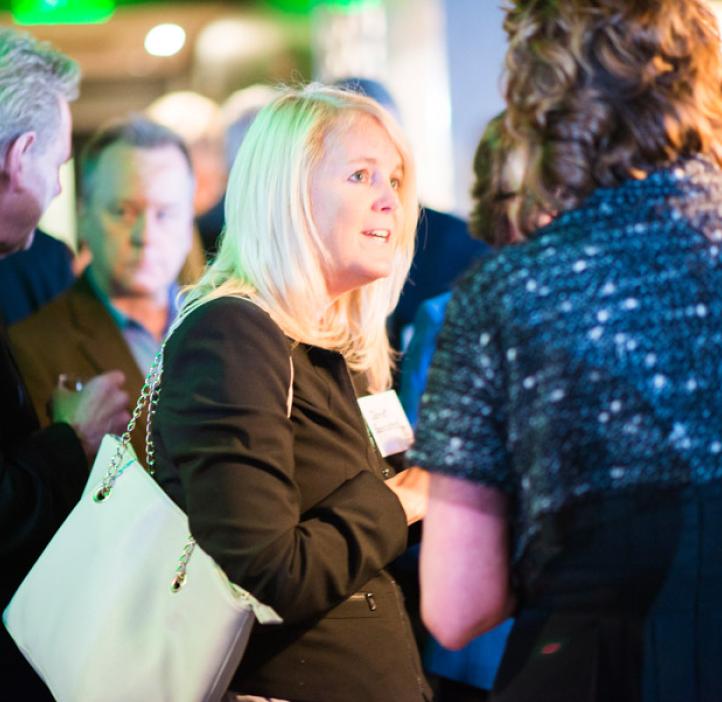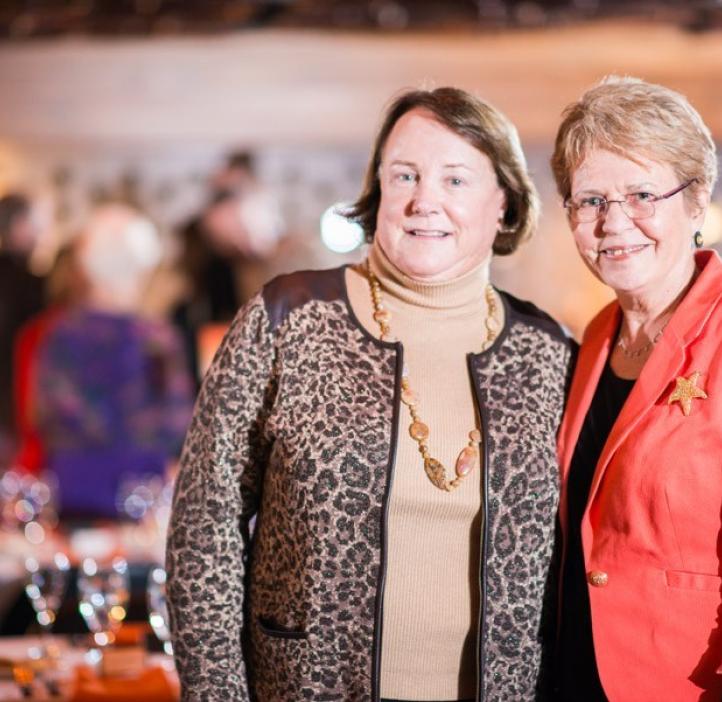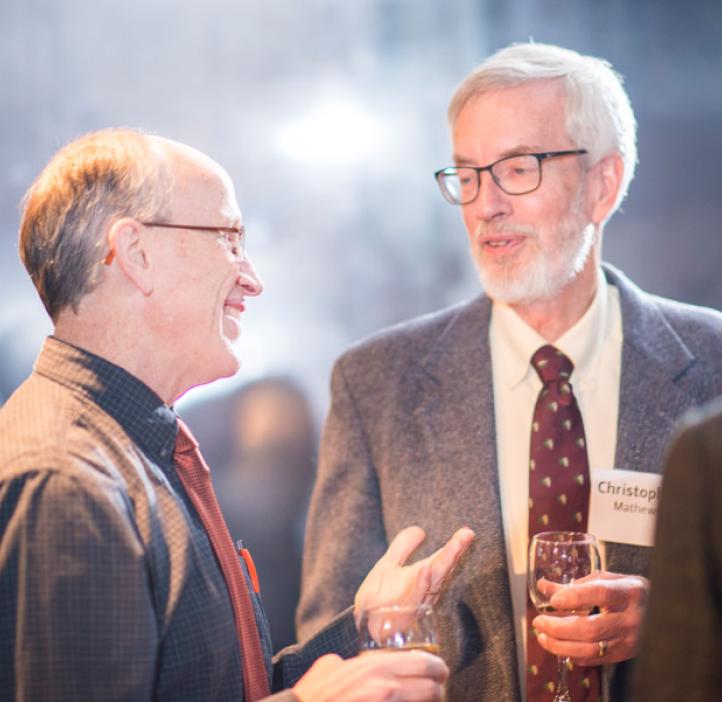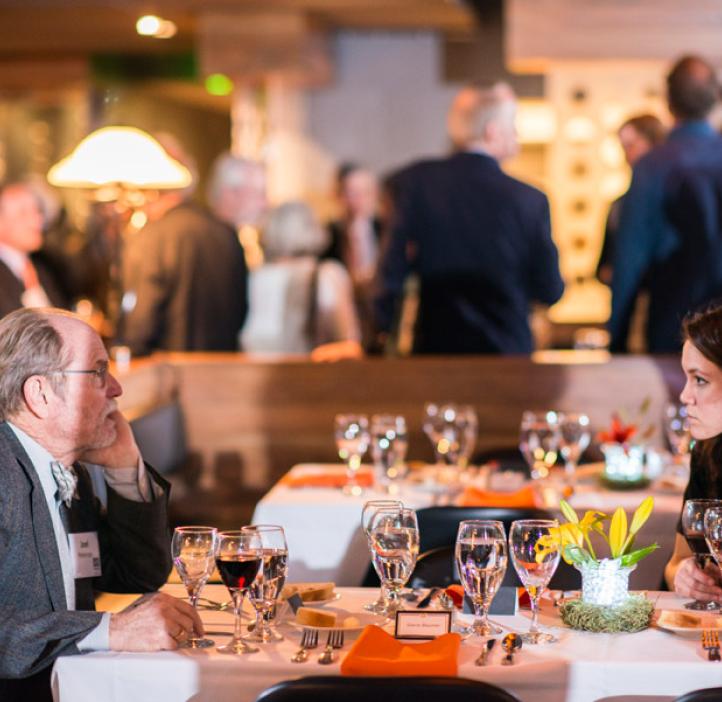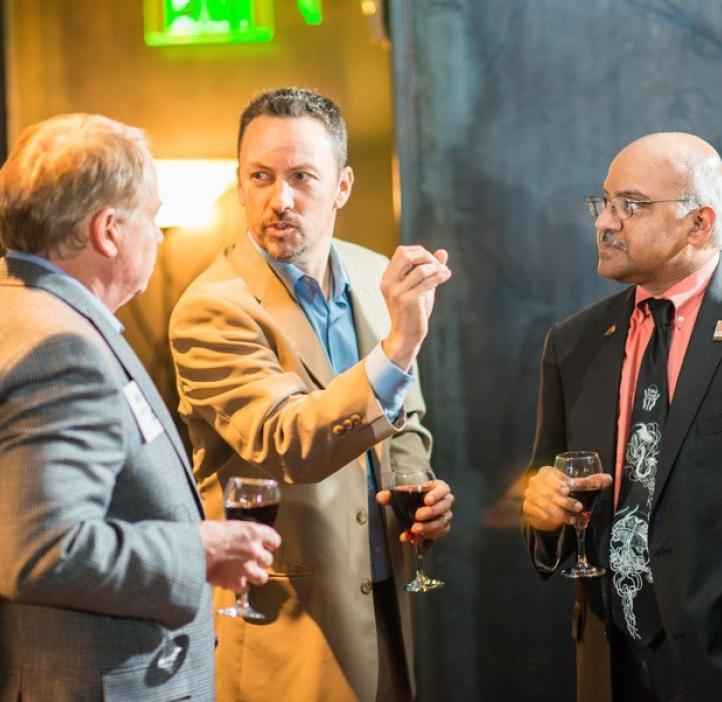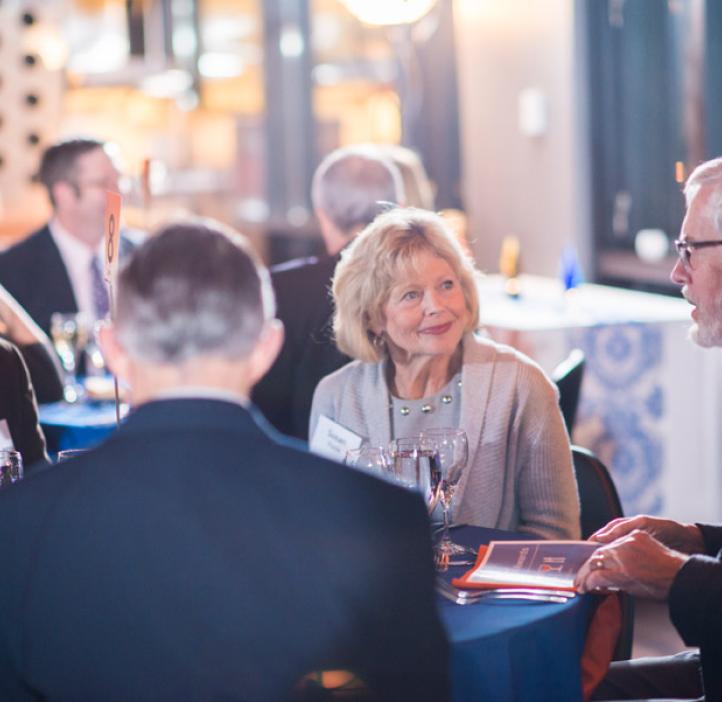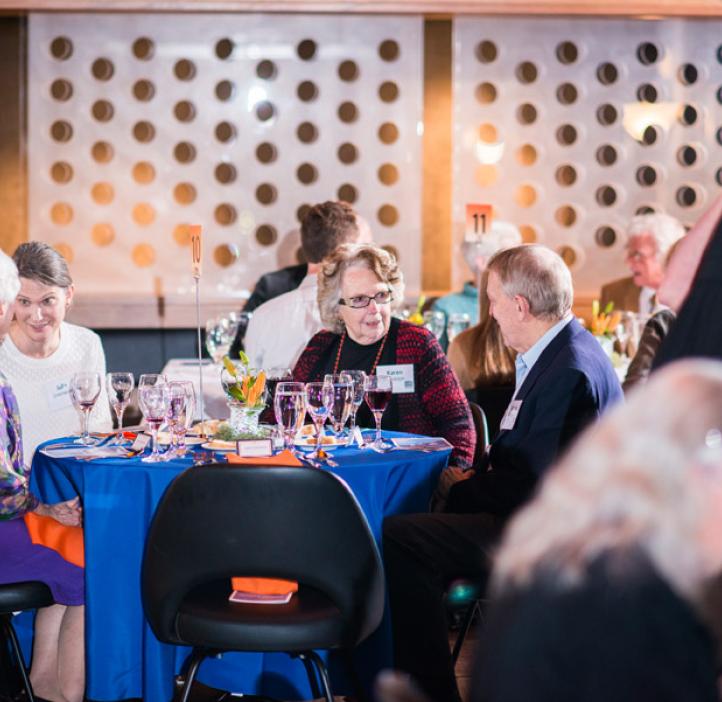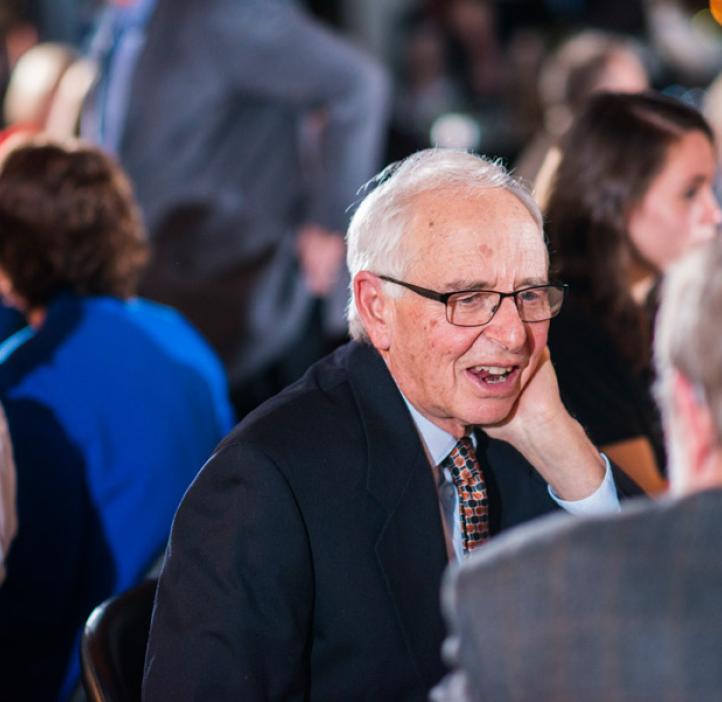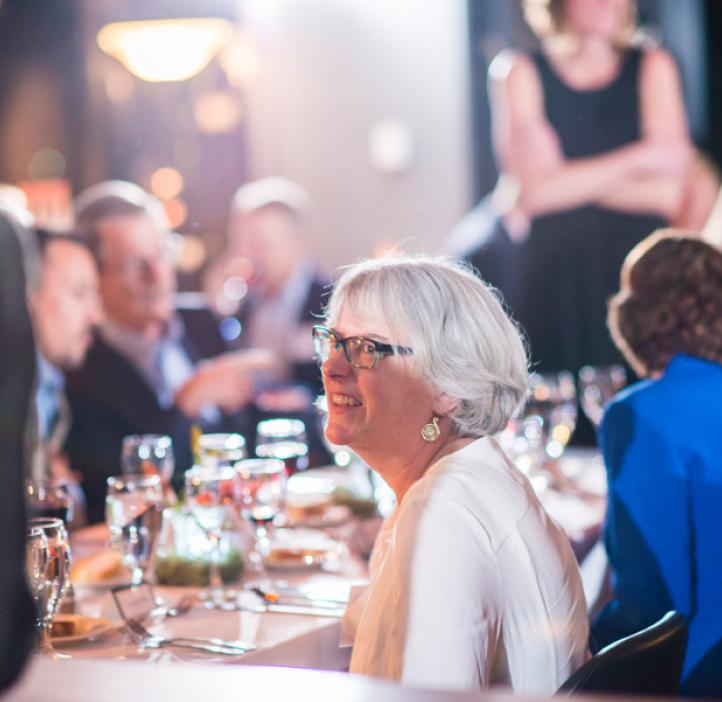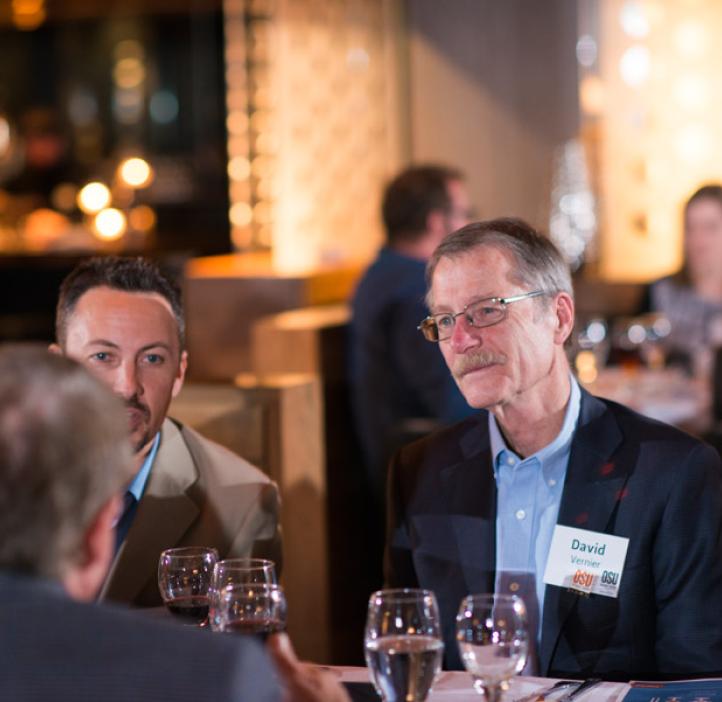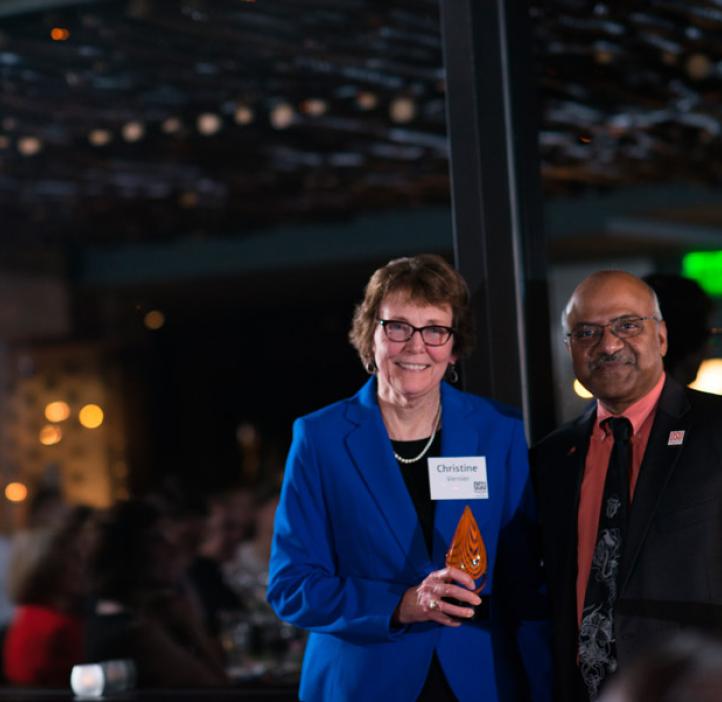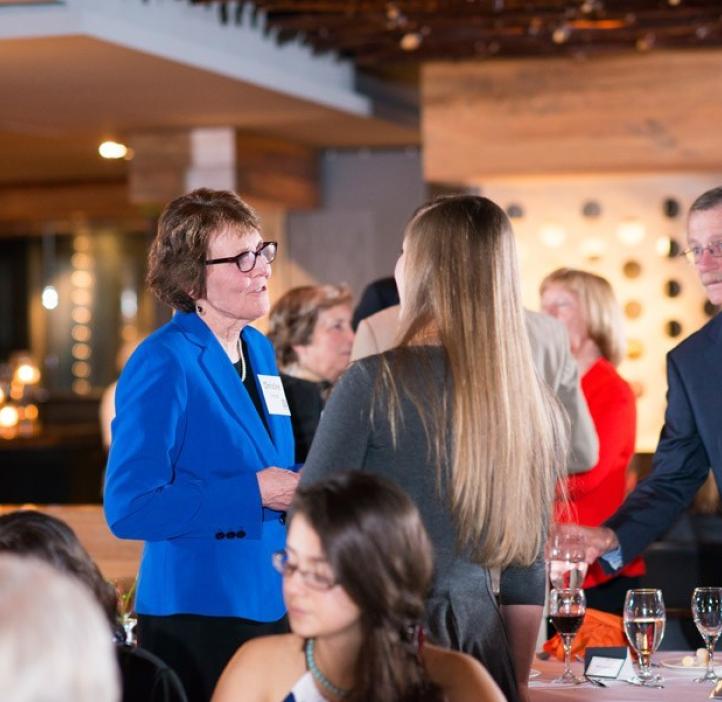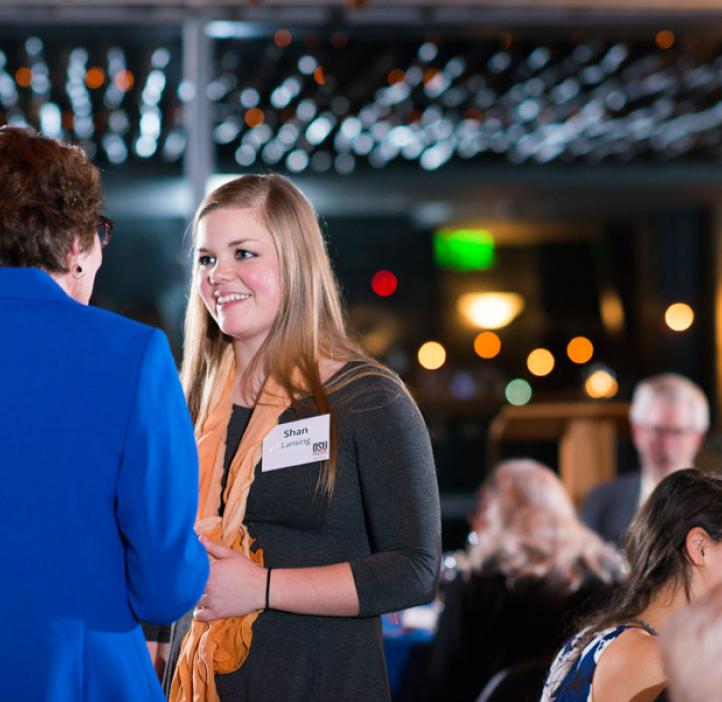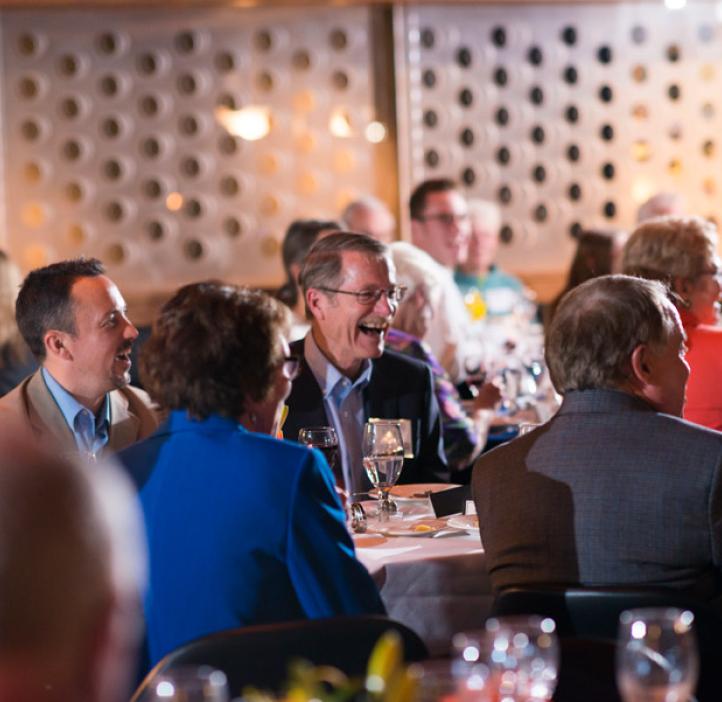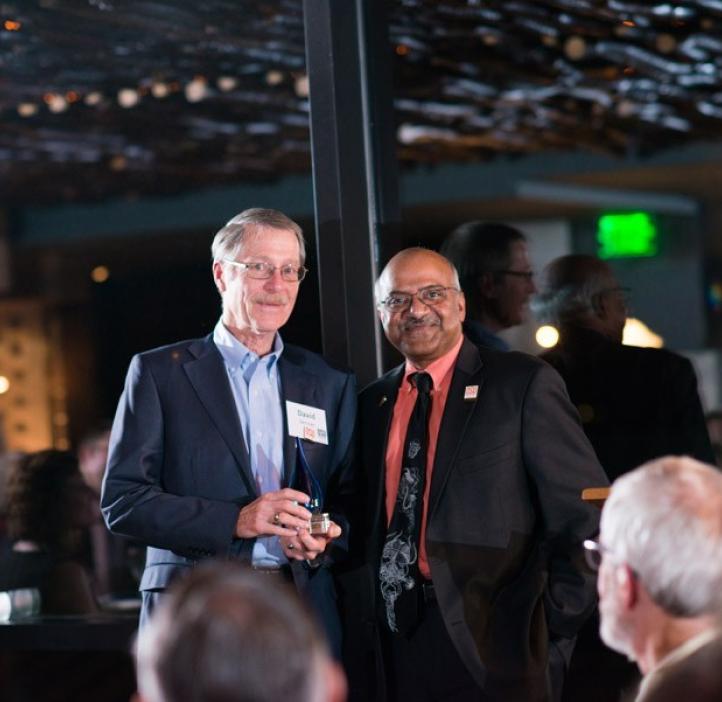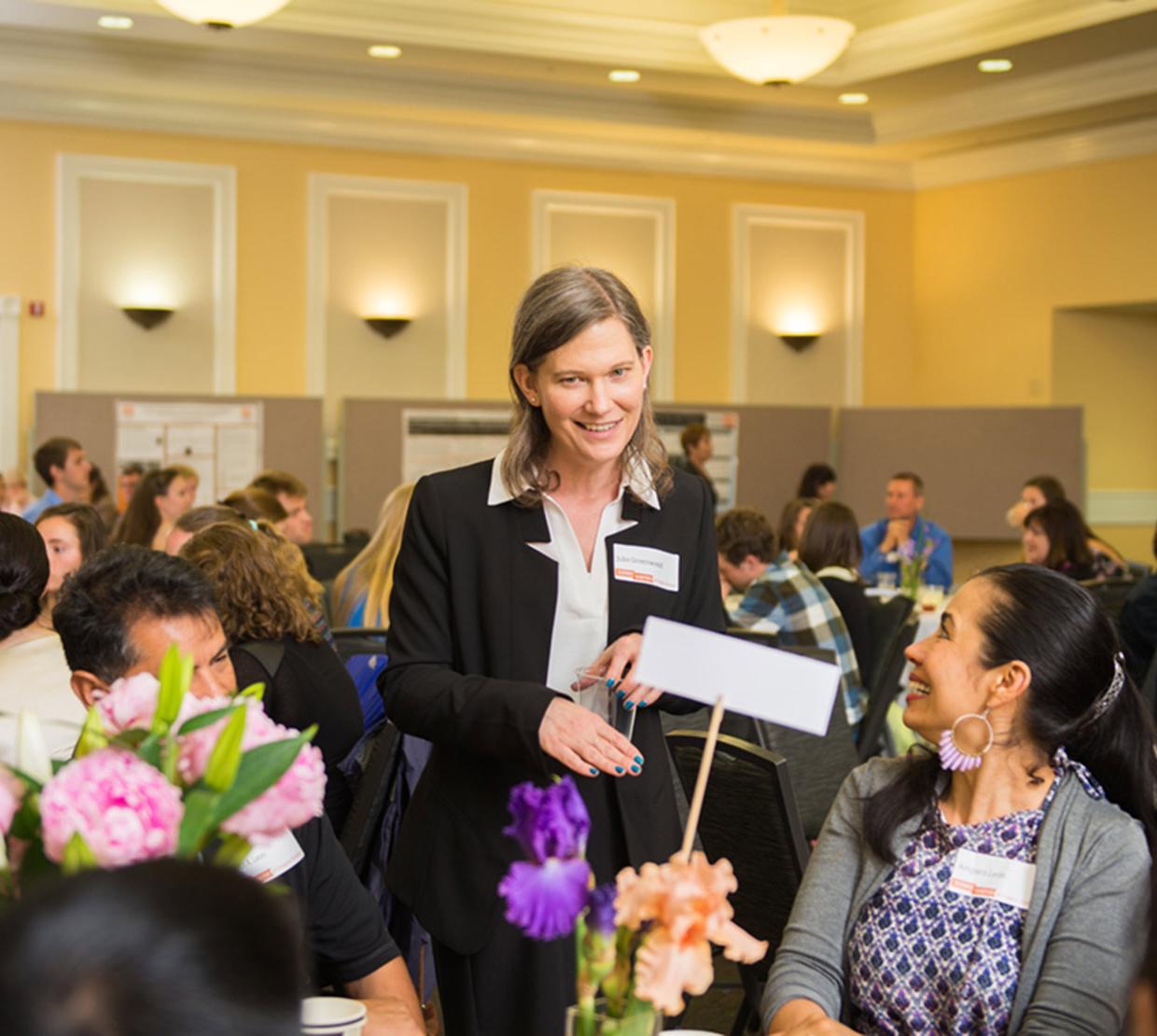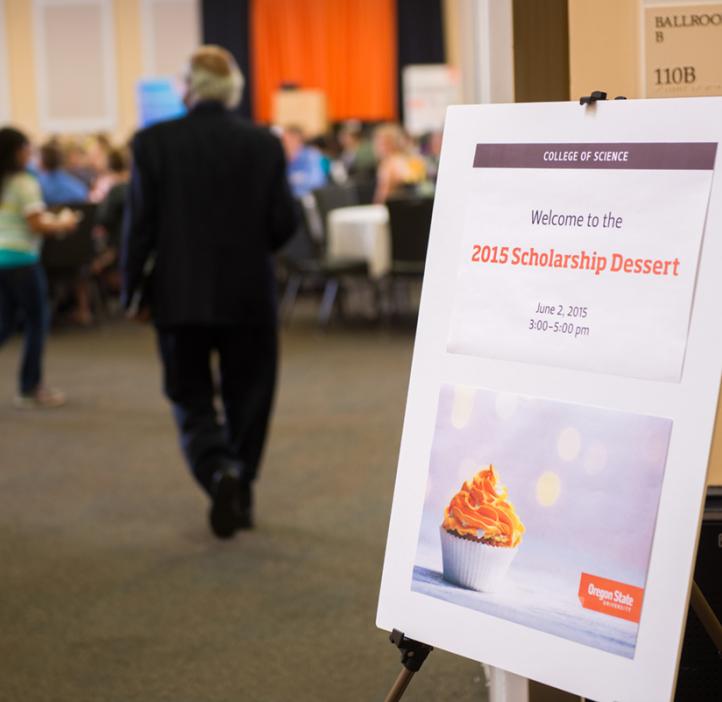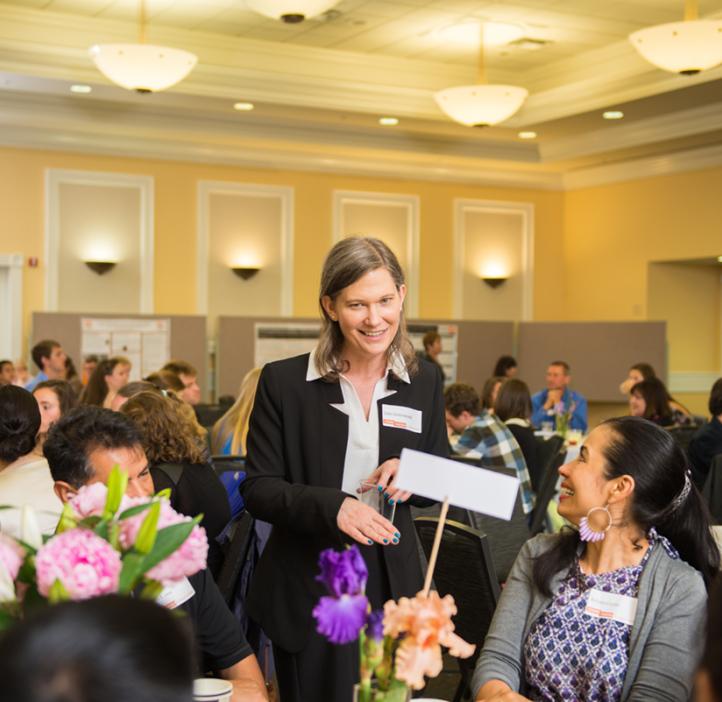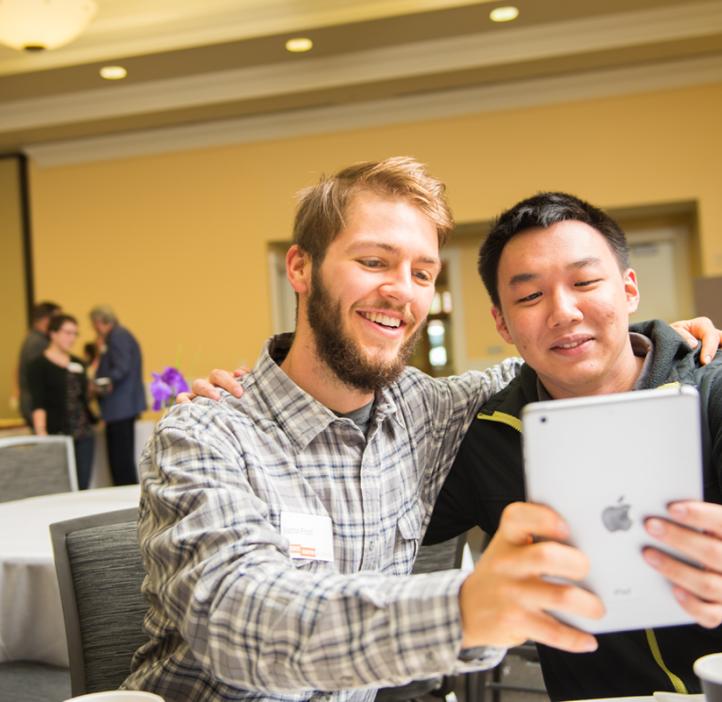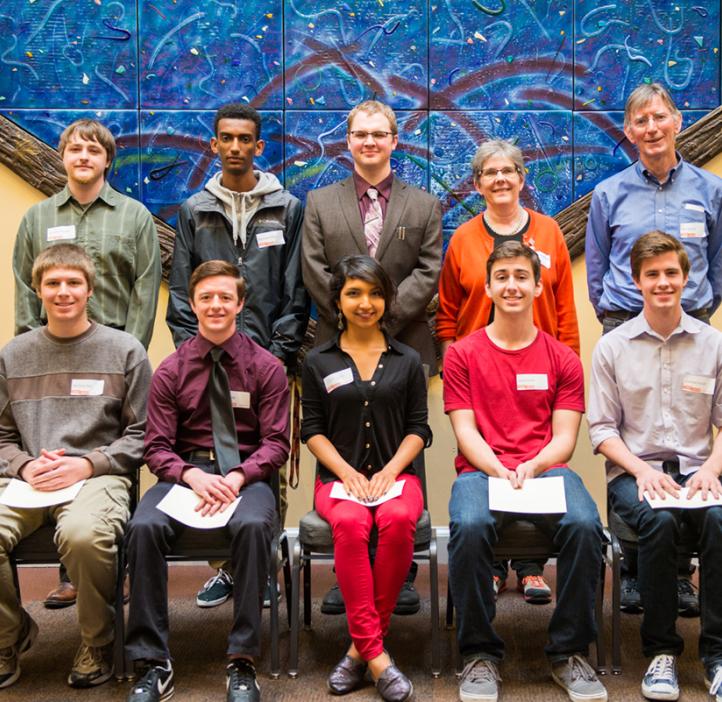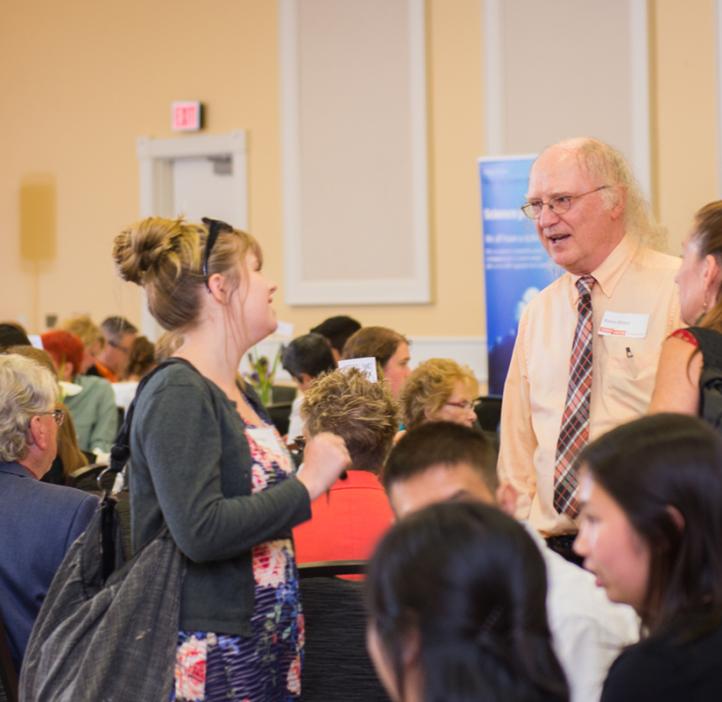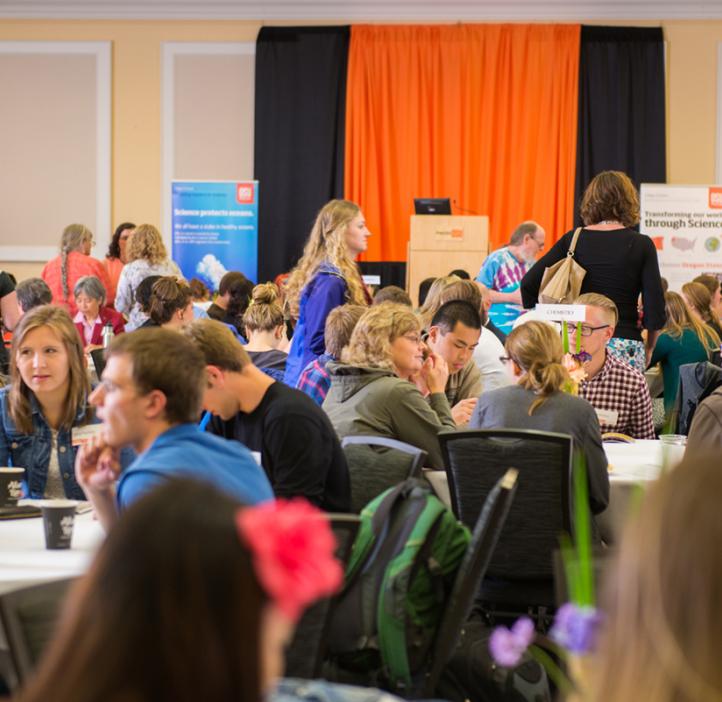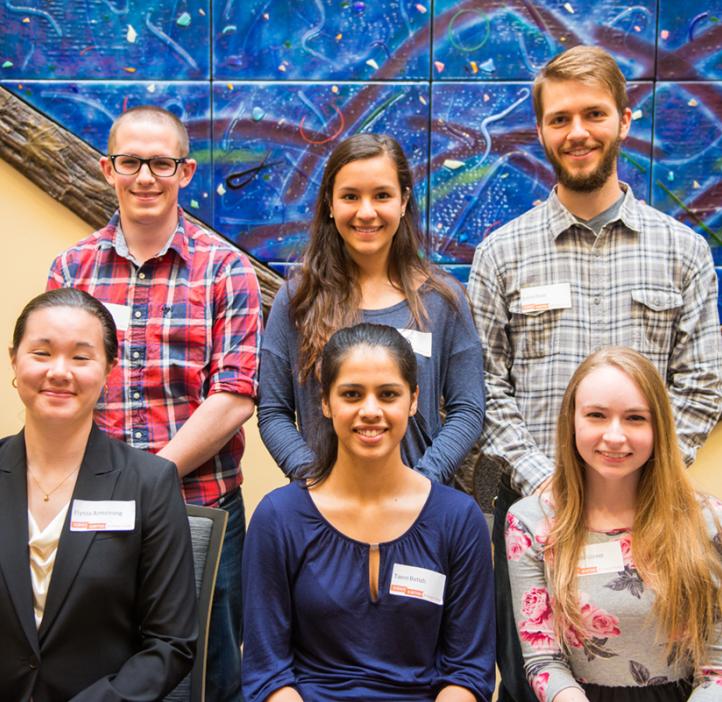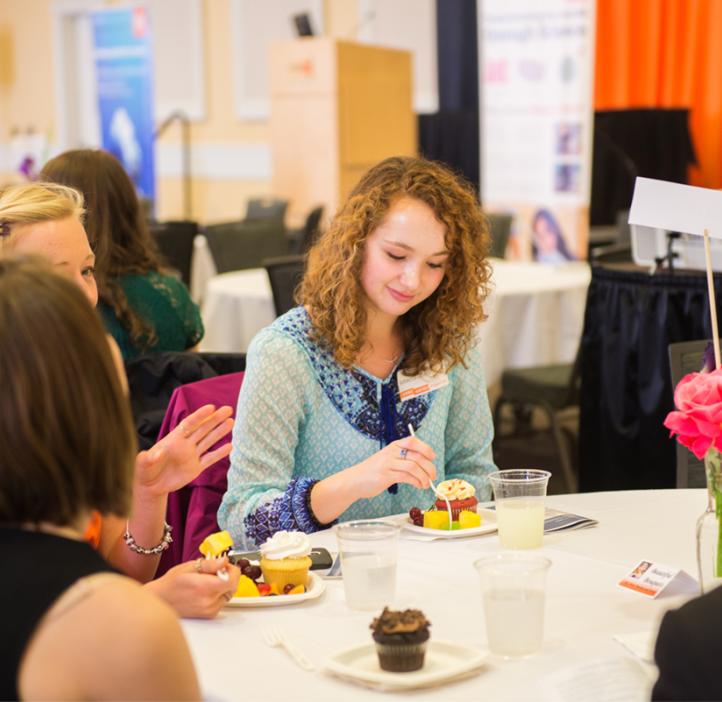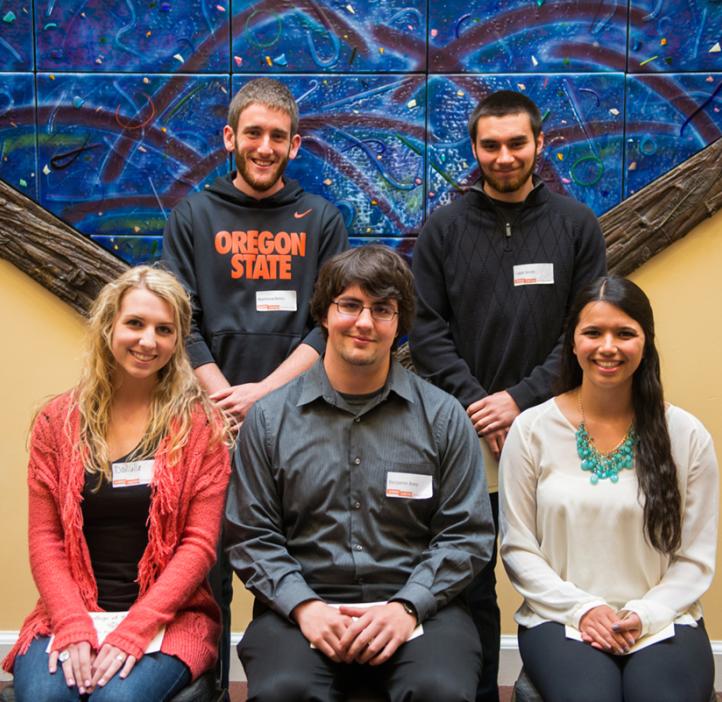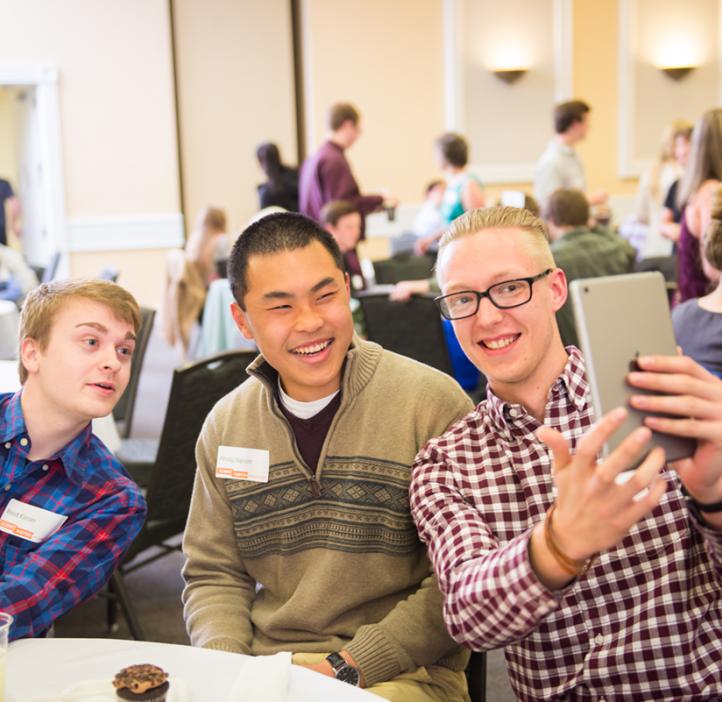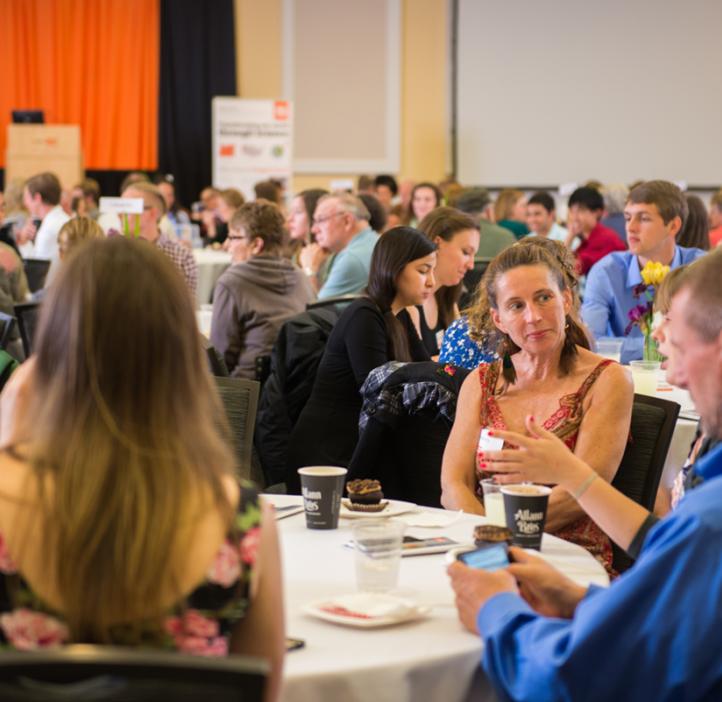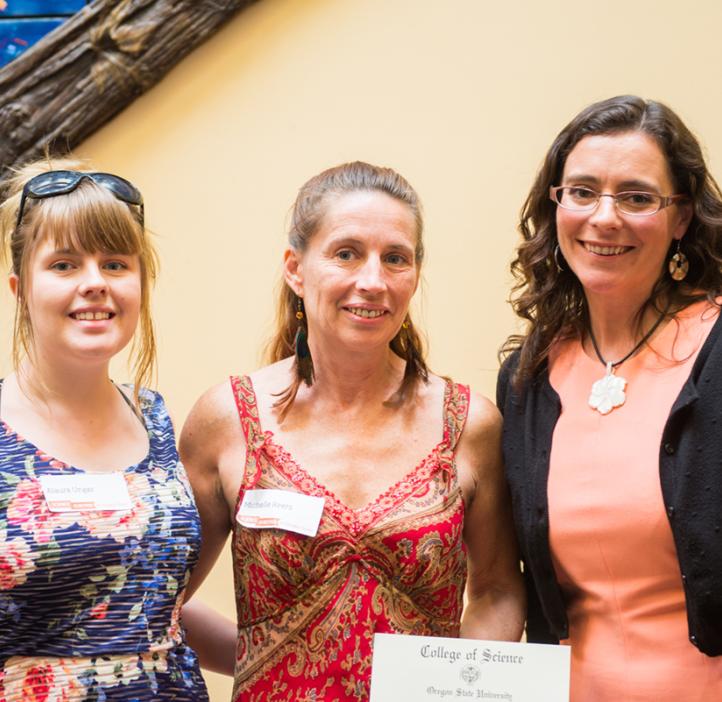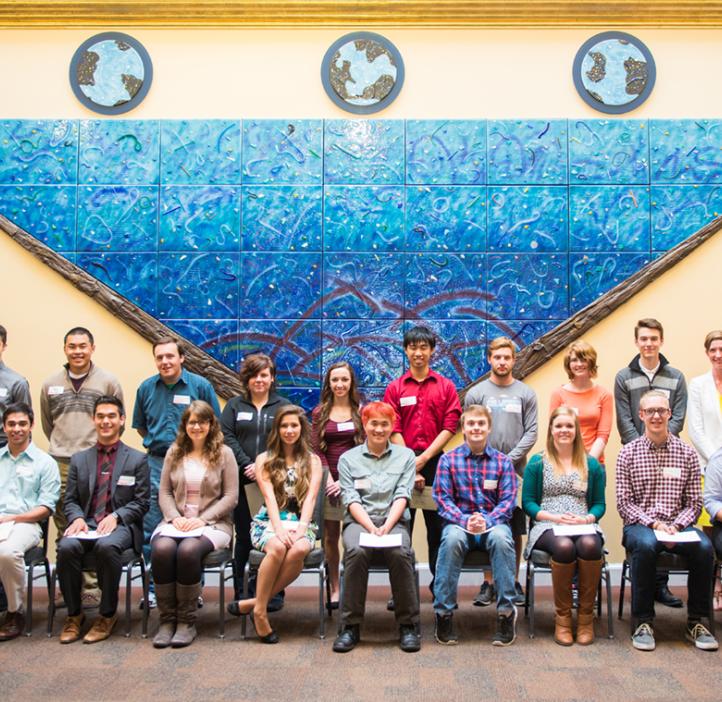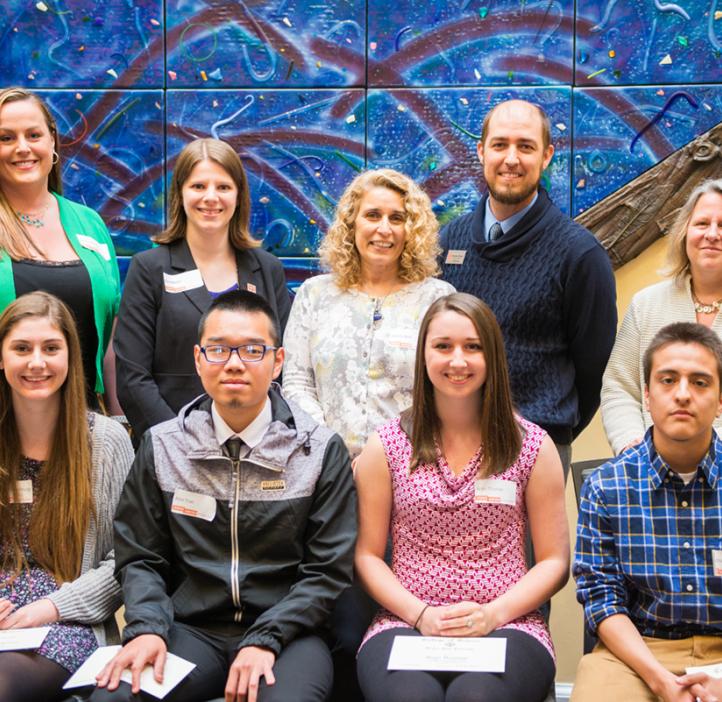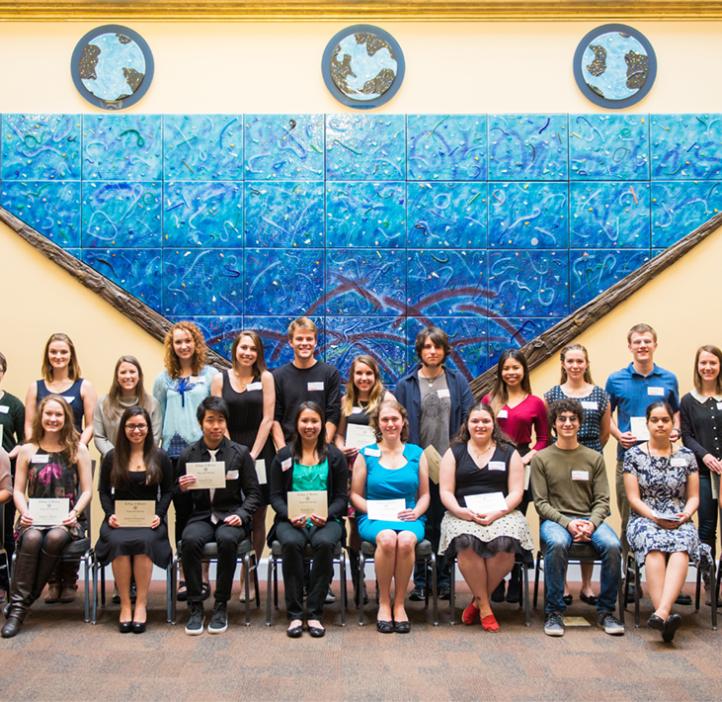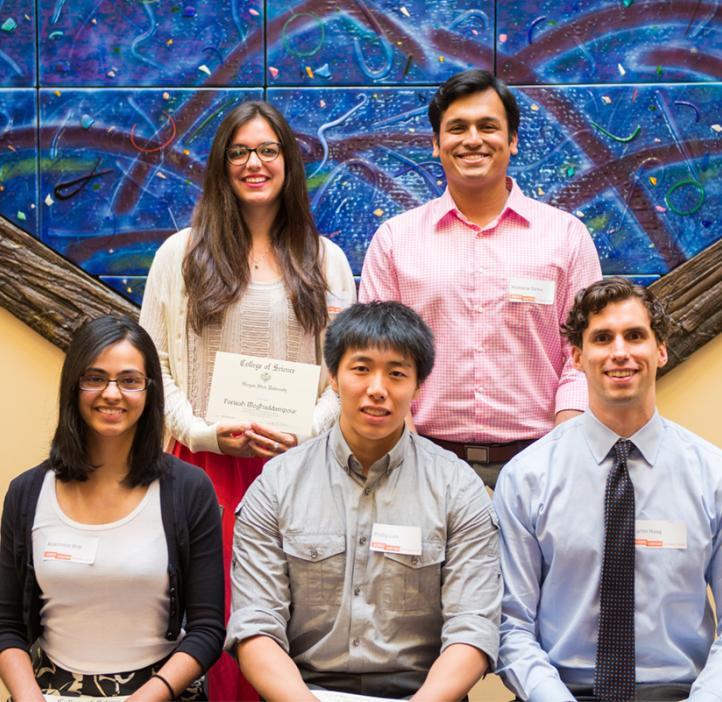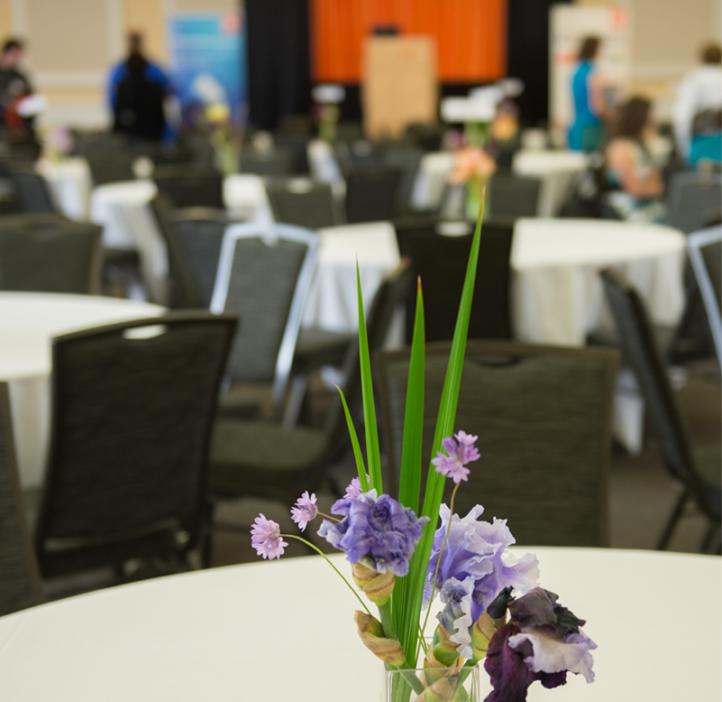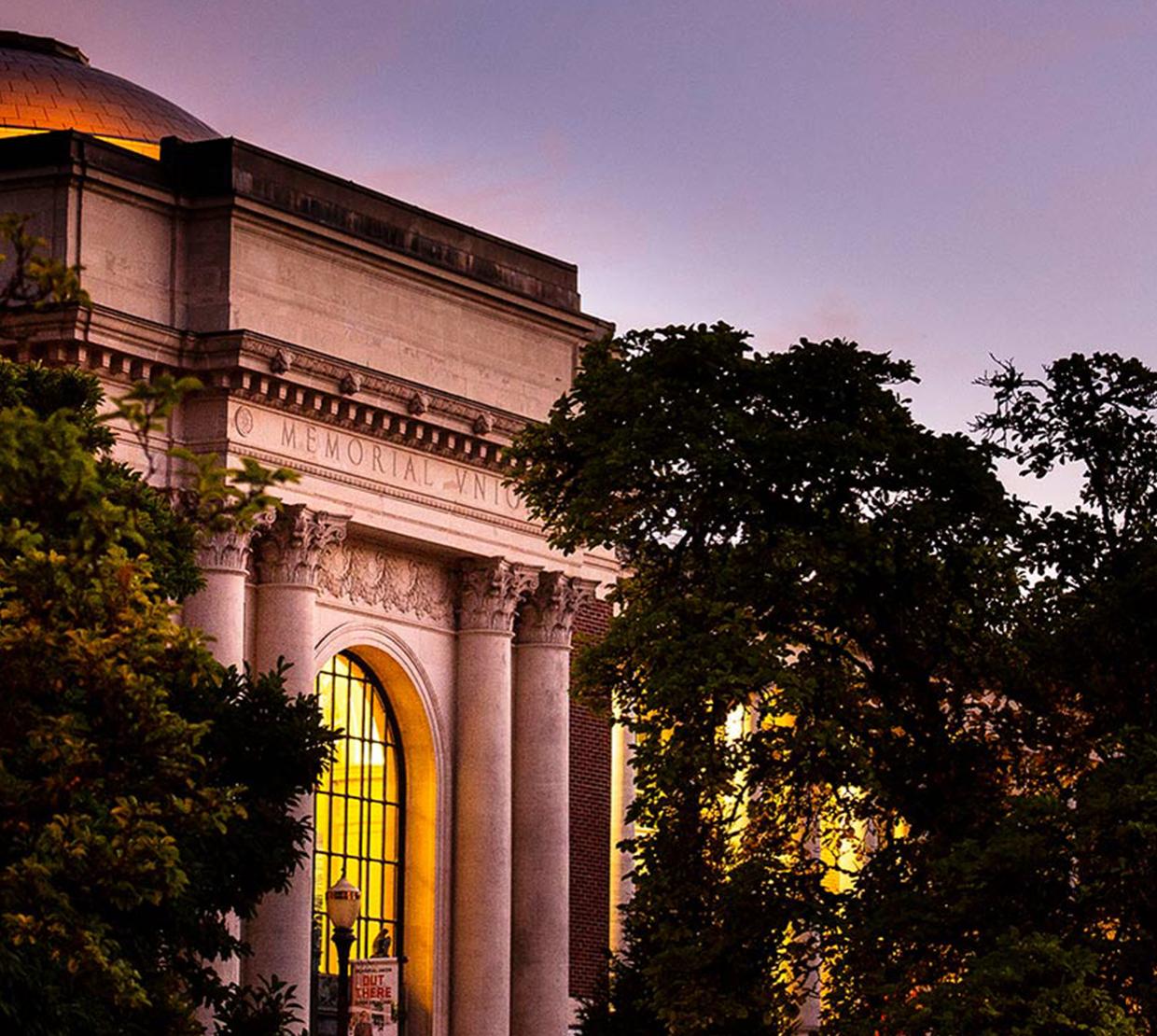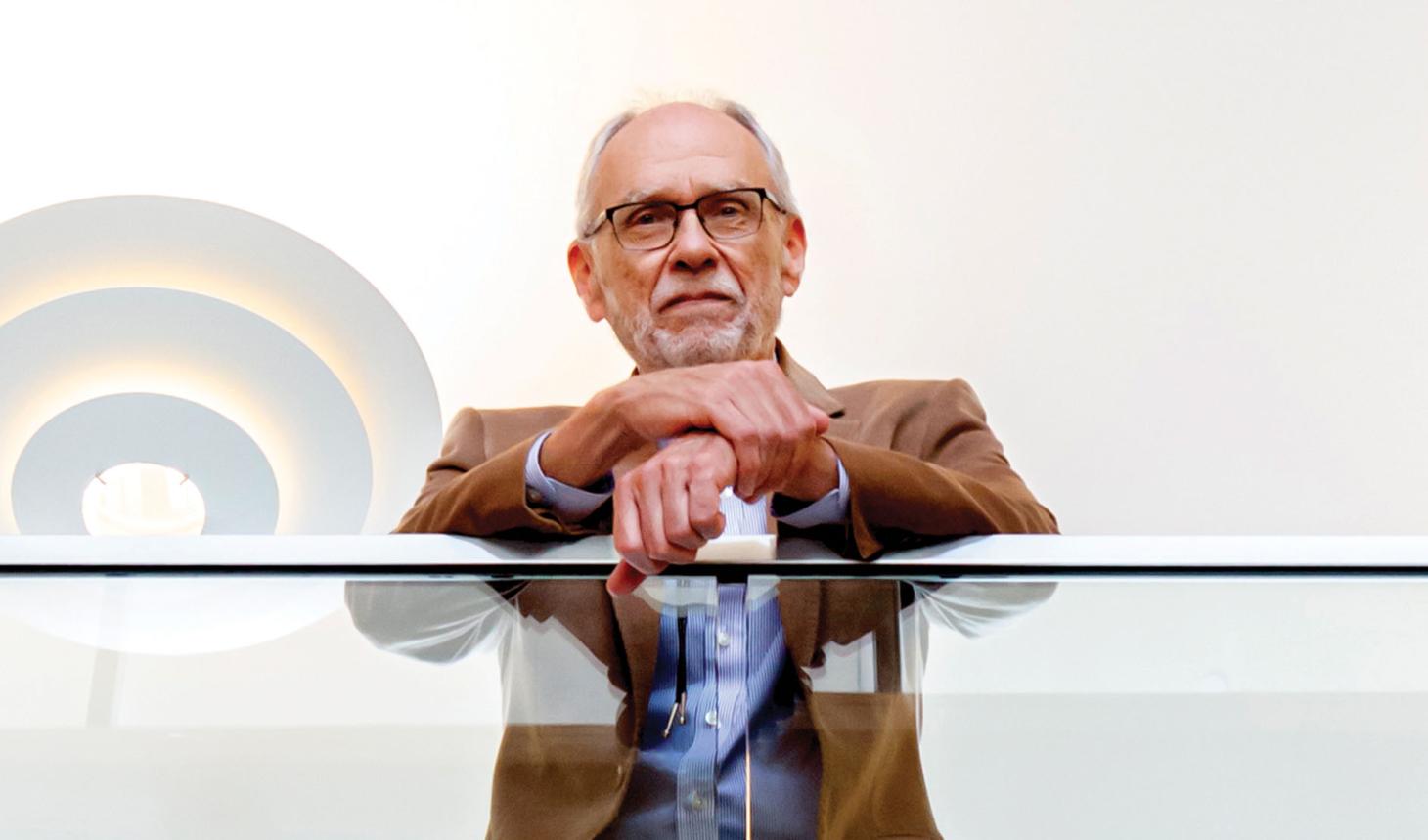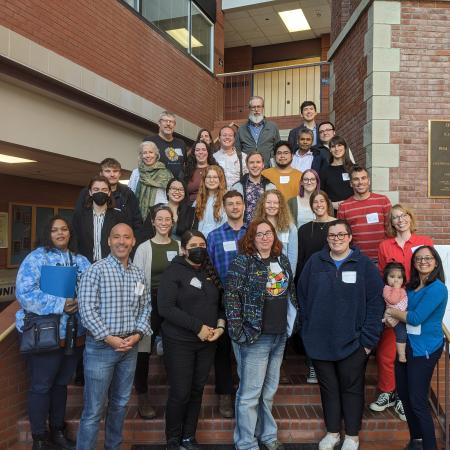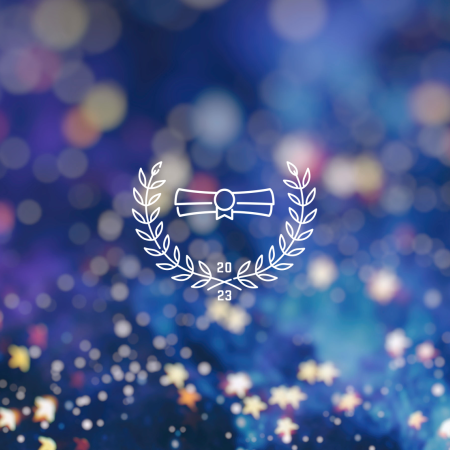Blake Erickson knew he wanted to study science at OSU, the only university he applied to. But he didn’t decide on chemistry as a major until he tried biology and biochemistry/biophysics for a couple of years first.
Becoming a chemistry major as a junior required Blake to double up and take two experiential chemistry courses while also working in a lab. But he didn’t mind. In fact, he enjoyed applying what he was learning in the classroom to what he was doing in the lab simultaneously.
Blake cites his love of math as the key to his success in chemistry.
Inspired by his mentor and biology teacher, Mr. Doug Beardsley at Reynolds High School, Blake developed a passion and aptitude for science.
He was drawn to OSU for its strong research reputation in science plus the fact that it wasn’t too far from home. A first-generation college student, Blake was one of a small percentage of students going to college from his high school.
“Going to college wasn’t expected at my school,” explains Blake. “It was a large high school with mostly low-income students and strong programs focused on jobs in industry. It was very vo-tech focused.”
Supported chiefly by College of Science scholarships, Blake also has student loans and works a minimum-wage job to pay for college. However, he received the College's Merrill Family Foundation Scholarship for the 2015-16 school year and did not need any unsubsidized student loans.
When asked about the biggest challenge he faced as a student, he responded, “Definitely monetary. I had to be careful and I struggled a bit in the summers. There was no safety net.”
Blake offers students facing similar issues the following advice: “Try to have a rough plan early on in high school. Surround yourself with people in circles who are going to college.”
He points to two experiences that shaped his undergraduate education and solidified his career path in science: Working in a research lab under his mentor, Emeritus Professor Joseph Nibler (BS, ’63), and becoming a Teaching Assistant.
His advisor Christine Pastorek helped get him into a research lab. He was thrilled for the opportunity to work in Dr. Nibler’s lab, where he learned various spectroscopic methods and which sparked his interest in molecular spectroscopy.
As the only student working in Nibler’s lab, Blake was fortunate enough to work alongside the senior chemist renowned for both his excellence in research and teaching. Nibler served as a mentor and provided inspiration and confidence to the young chemist.
“Blake has been an absolute delight to work with. He is very bright and both quick and eager to learn,” said Nibler. “He is easily equal to some of the best graduate students I have worked with over the years, and I am confident he will do well at Berkeley and in his subsequent career.”
As a result his experience in Nibler's lab, Blake honed his research skills and even had a paper accepted and published in an academic journal, a rare honor for an undergraduate. Through a collaboration with Nibler and three other researchers, Blake was listed as primary author on a paper, “High-resolution infrared studies of perdeutero-spiropentane, C5D8,” to appear in the July 2016 issue of Journal of Molecular Spectroscopy.
Although “perdeutero-spiropentane” or molecular spectroscopy research is something his family and friends may not understand, they are extremely supportive, applauding his hard work and perseverance. Their cheerleading from the sidelines matters.
As a Teaching Assistant for Physical Chemistry (“P Chem”)—a course many students find daunting with its discussion of quantum theory, atomic and molecular structure and spectroscopy, Blake has found he has a penchant for teaching. Helping people understand and even enjoy chemistry has been a transformative experience for him.
“I really loved teaching it. I liked sharing my passion for it and trying to get students to enjoy it a little bit,” said Blake.
With a love of teaching, solid research experience and strong academic record, Blake plans to pursue a doctoral degree.
Following in his mentor’s footsteps, Blake will pursue a Ph.D. in Physical Chemistry in the fall of 2016 at the University of California, Berkeley. Nibler earned his Ph.D. there 50 years ago.
“I am grateful for this opportunity. [Dr. Nibler] helped guide my decision to pursue a graduate degree at Berkeley,” said Blake, who was also accepted at Stanford University. He received a fully funded scholarship and research stipend from UC-Berkeley.
A career in academia, teaching others and contributing to the overall wealth of knowledge through discovery and research, suits the aspiring chemist.
“It’s important to educate people, especially the public, about science. Otherwise they will be resistant or scared off. This will harm society,” remarked Blake. “Everyone contributes [to science]. It’s not just a few people doing science.”
Reflecting on his four years at OSU, Blake would offer the following advice to his 18-year-old self:
“To enjoy the process and learn along the way. It’s just as important as the outcome. I couldn’t have started as a chemistry major. I had to have the other experience that got me there.”
